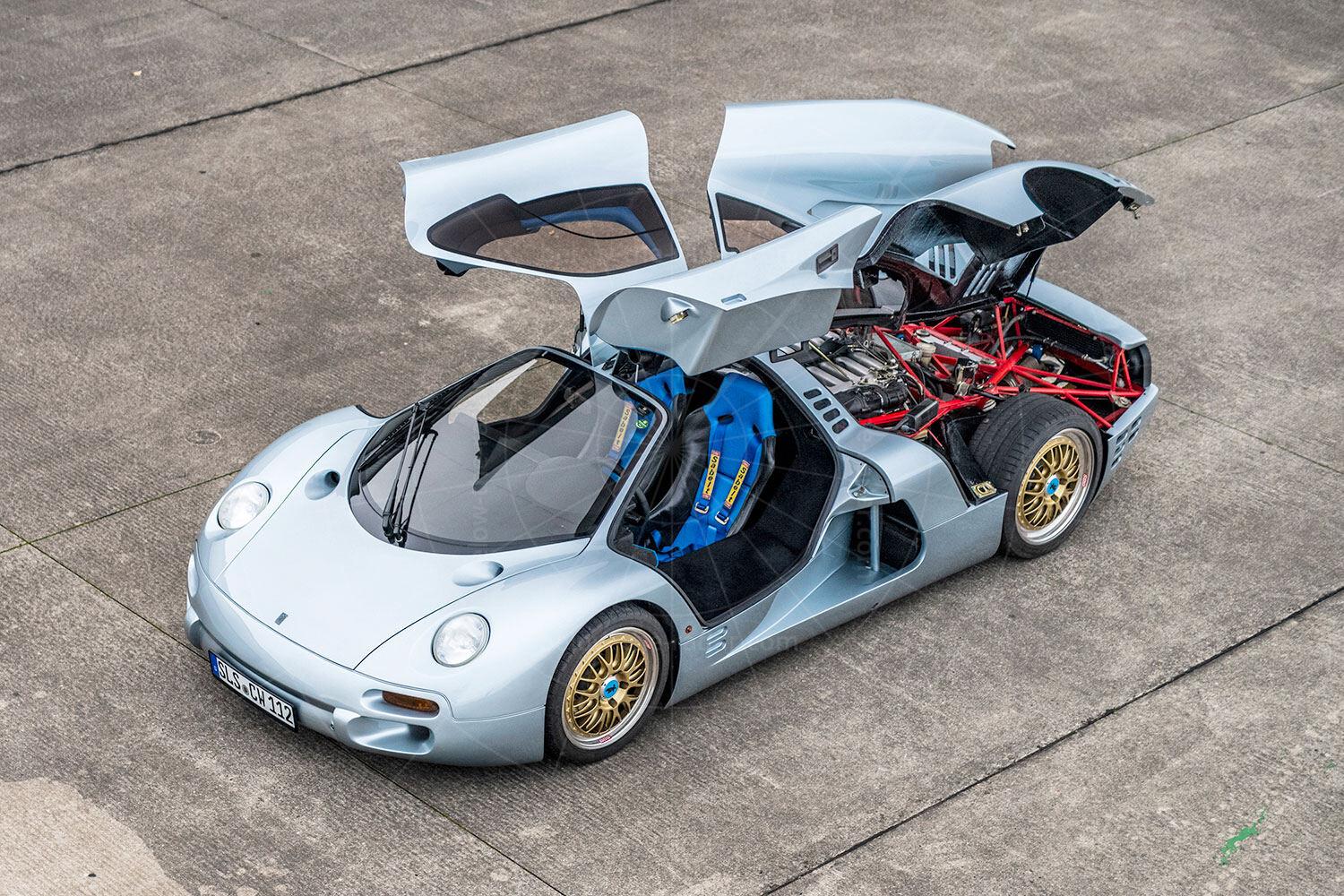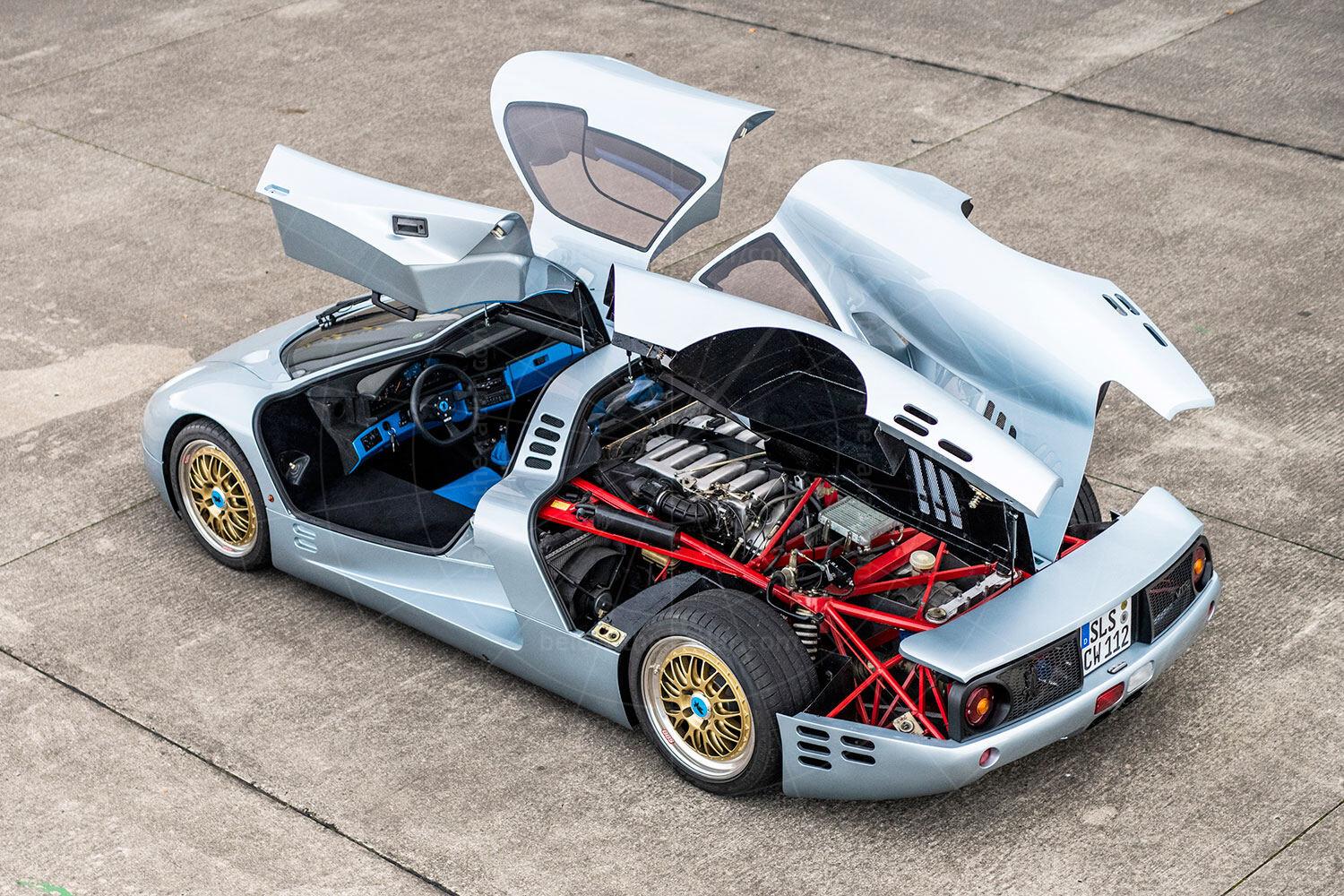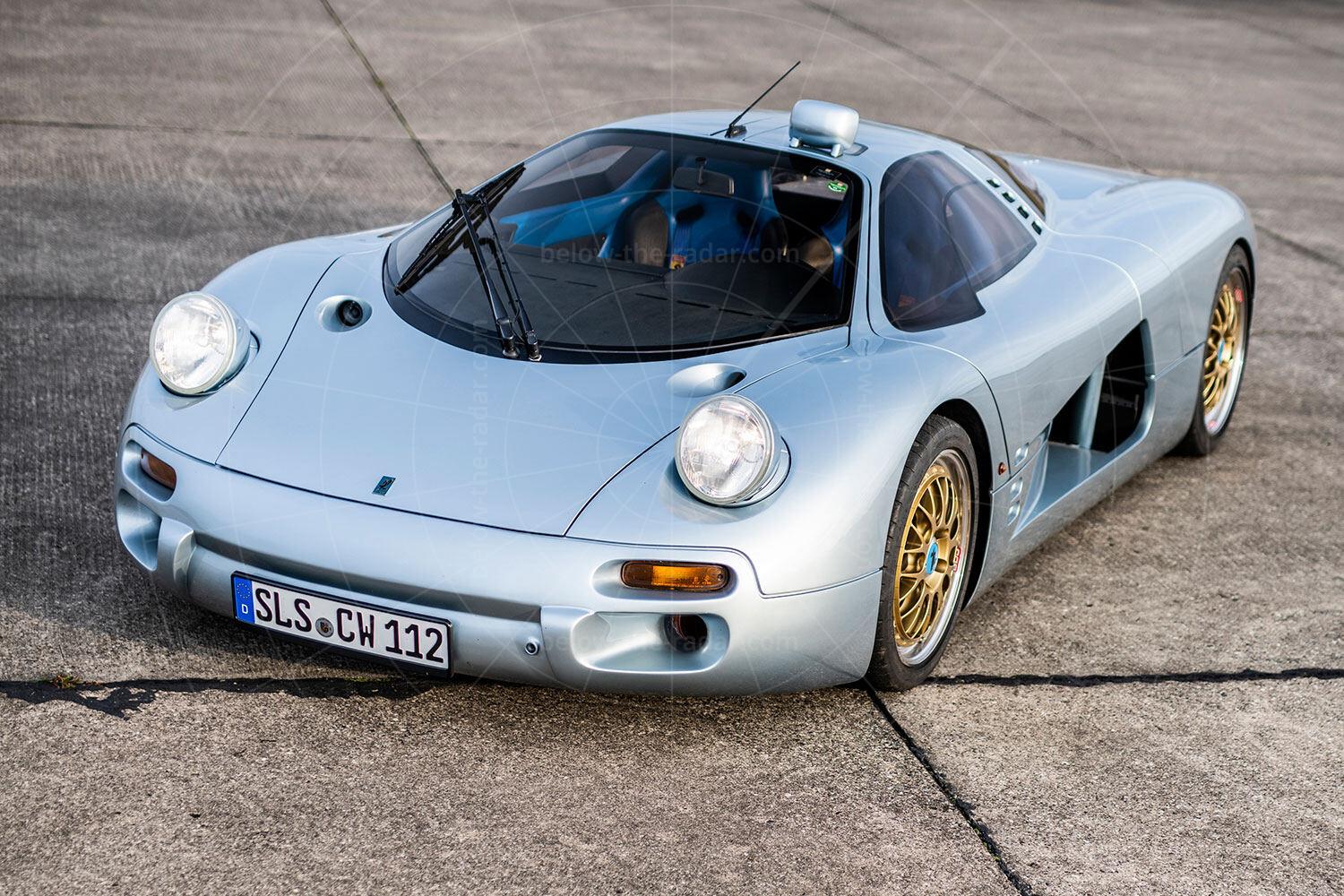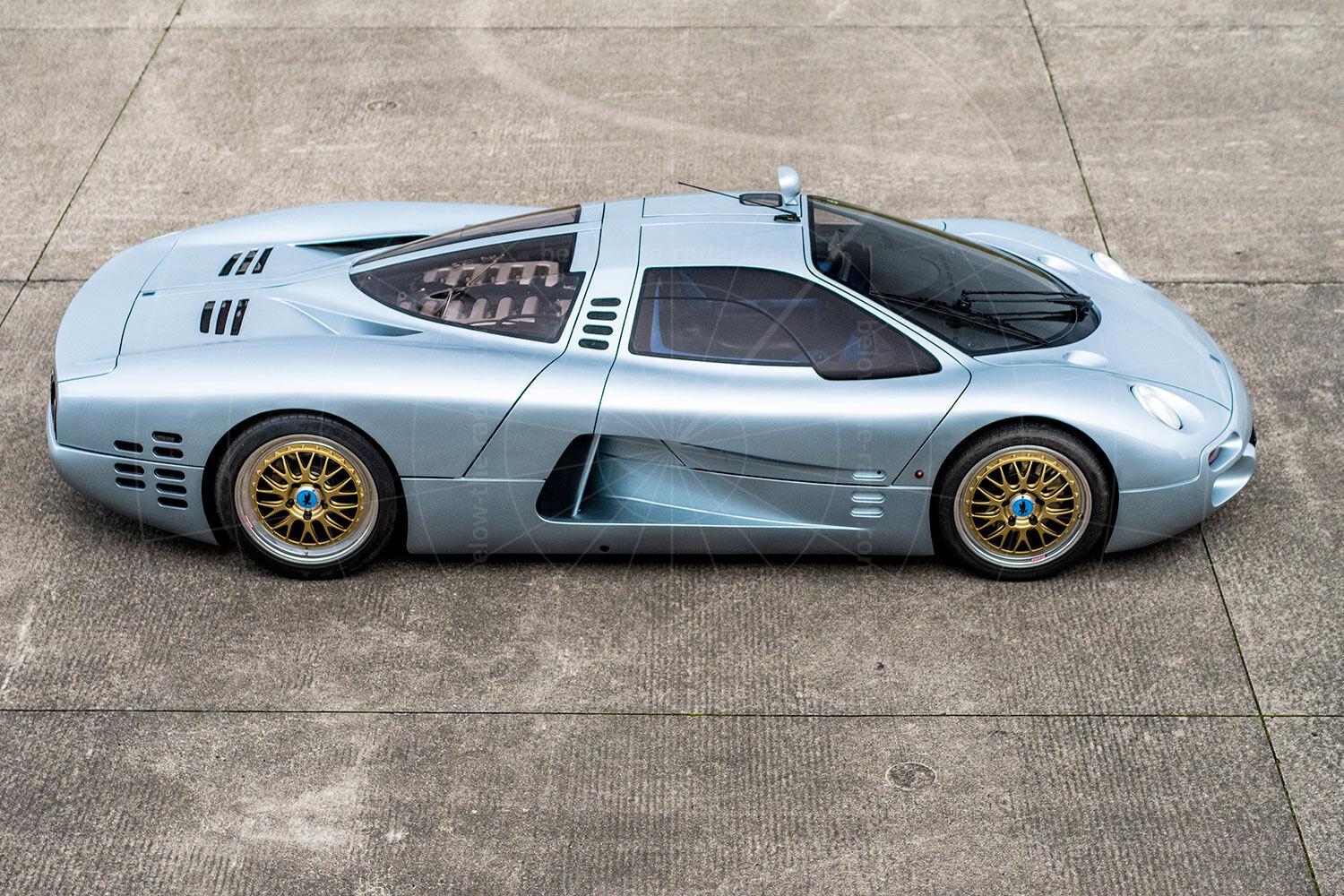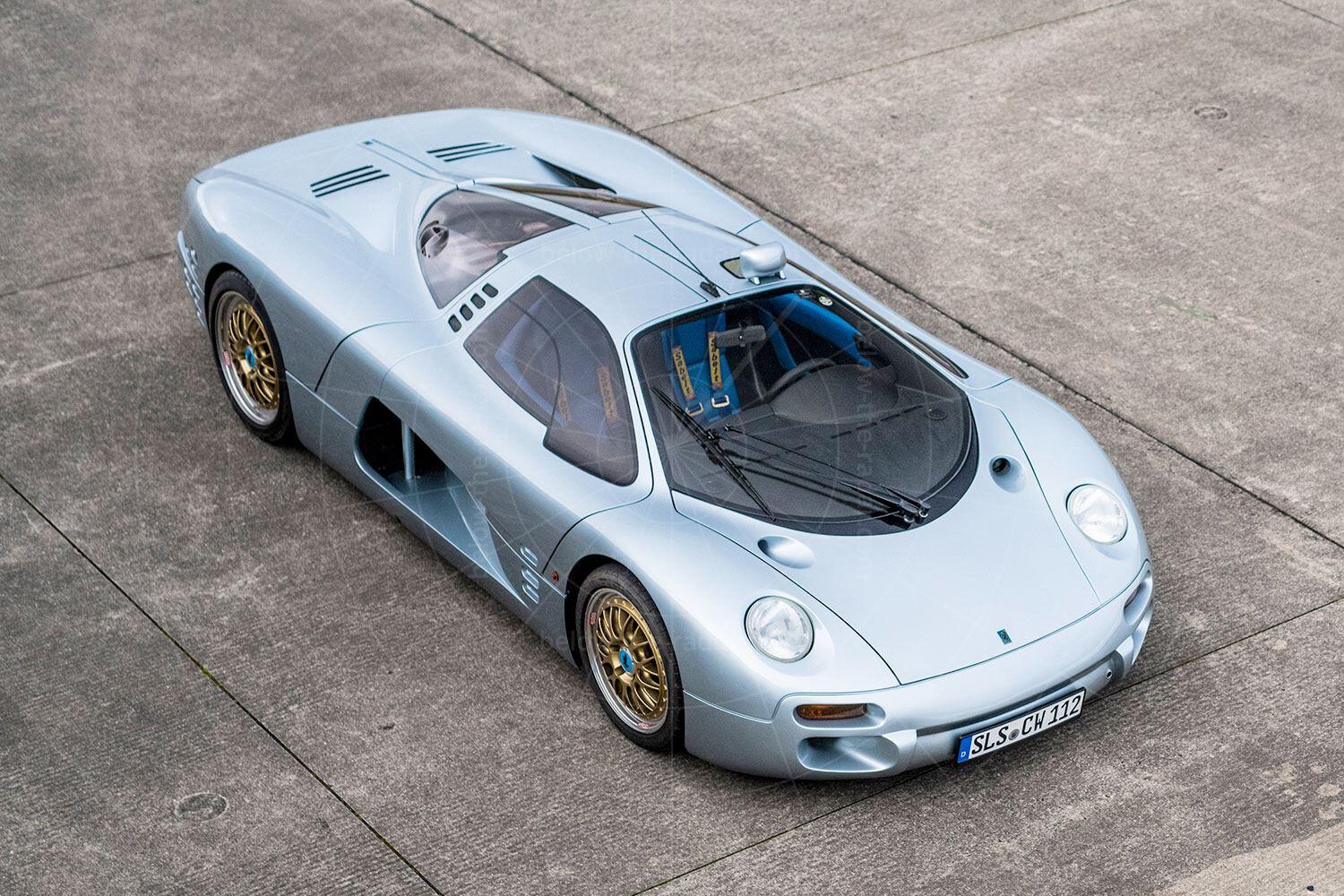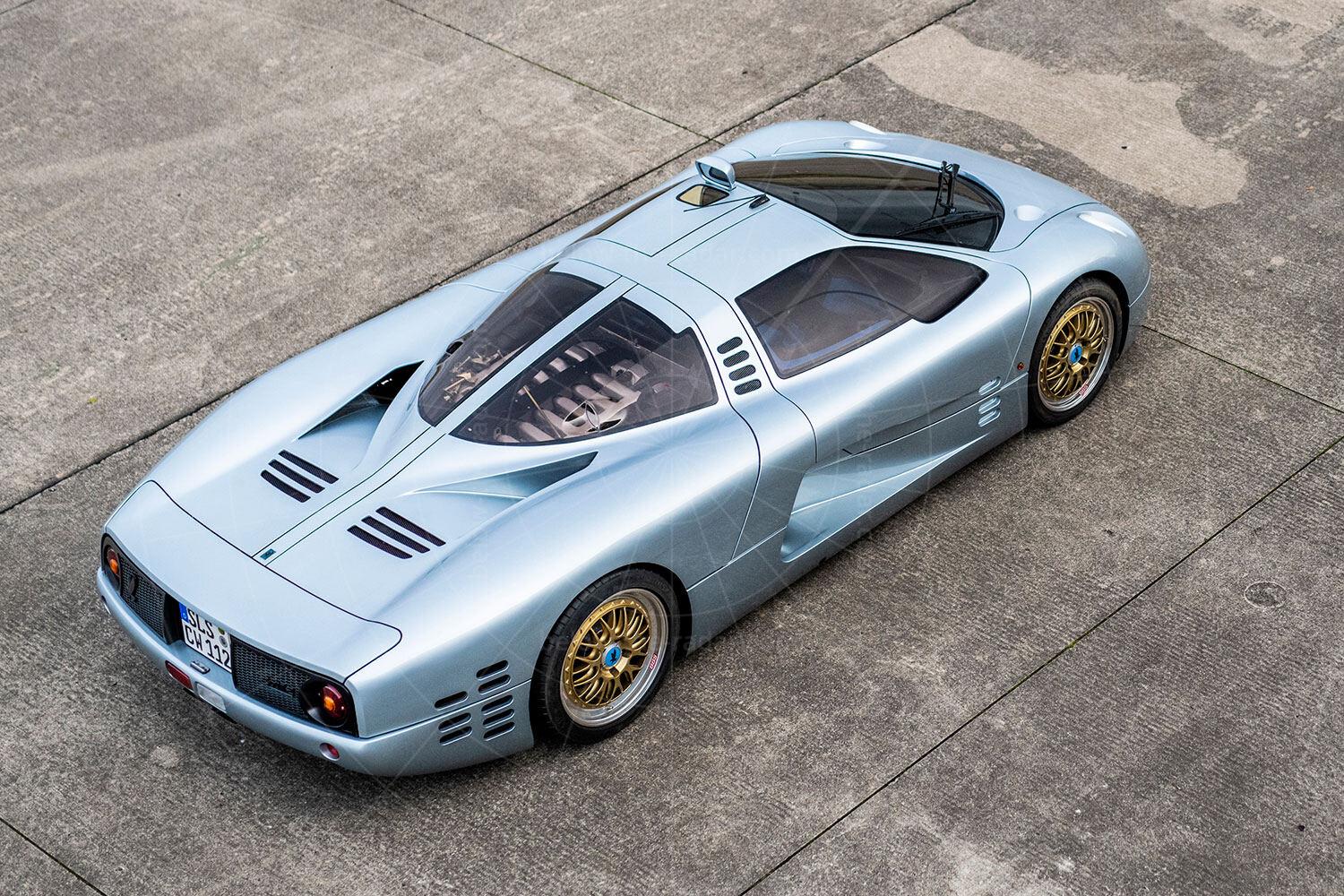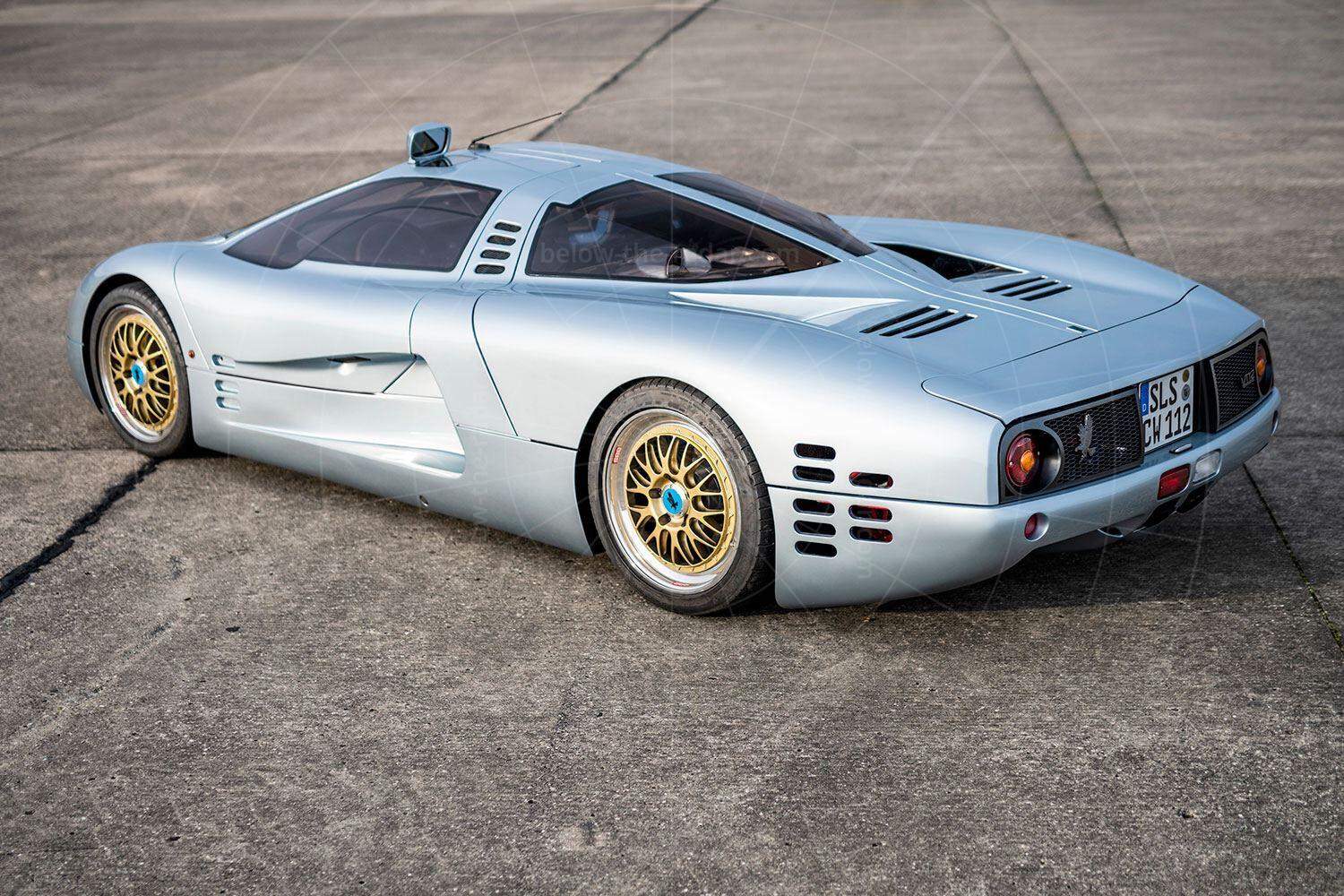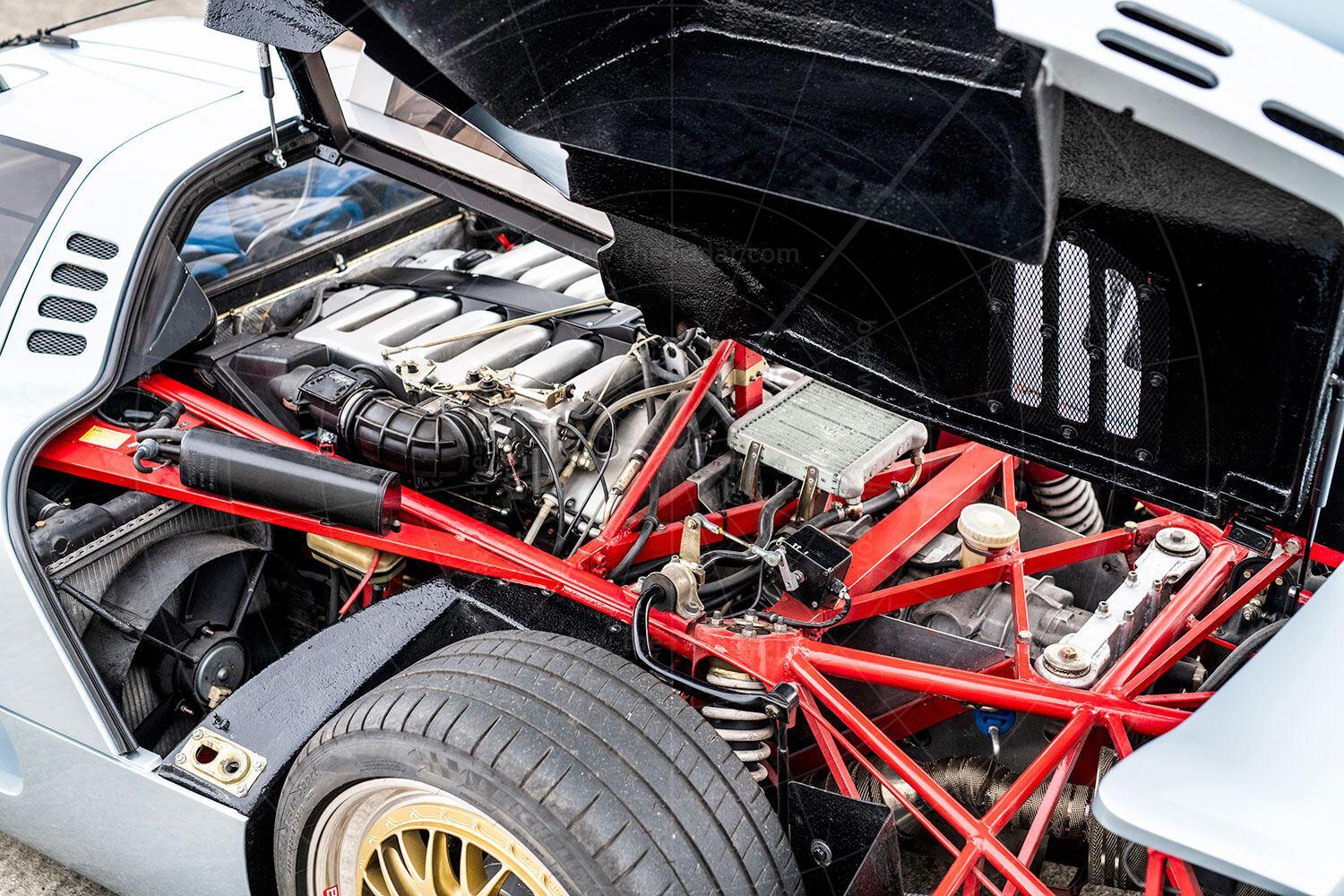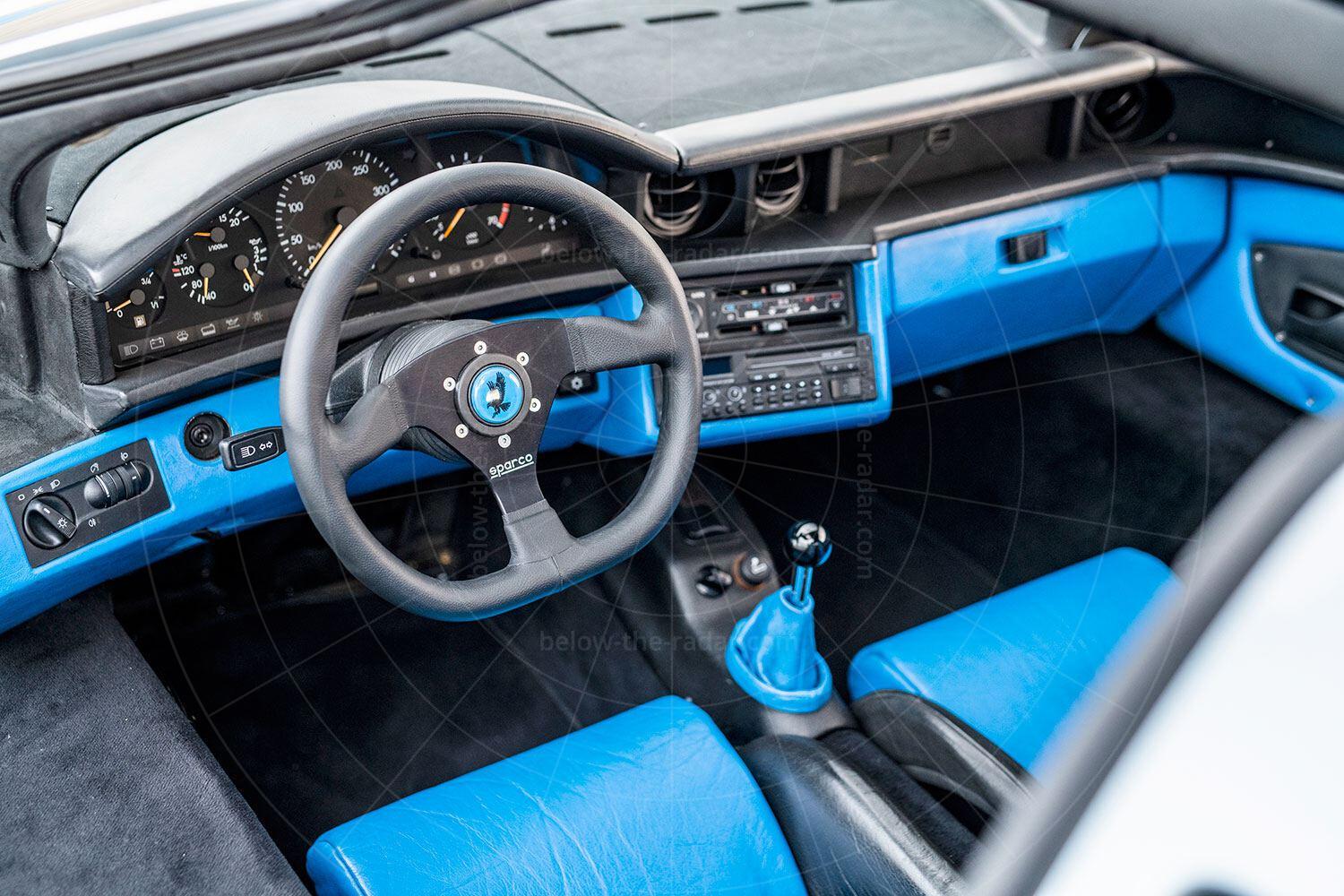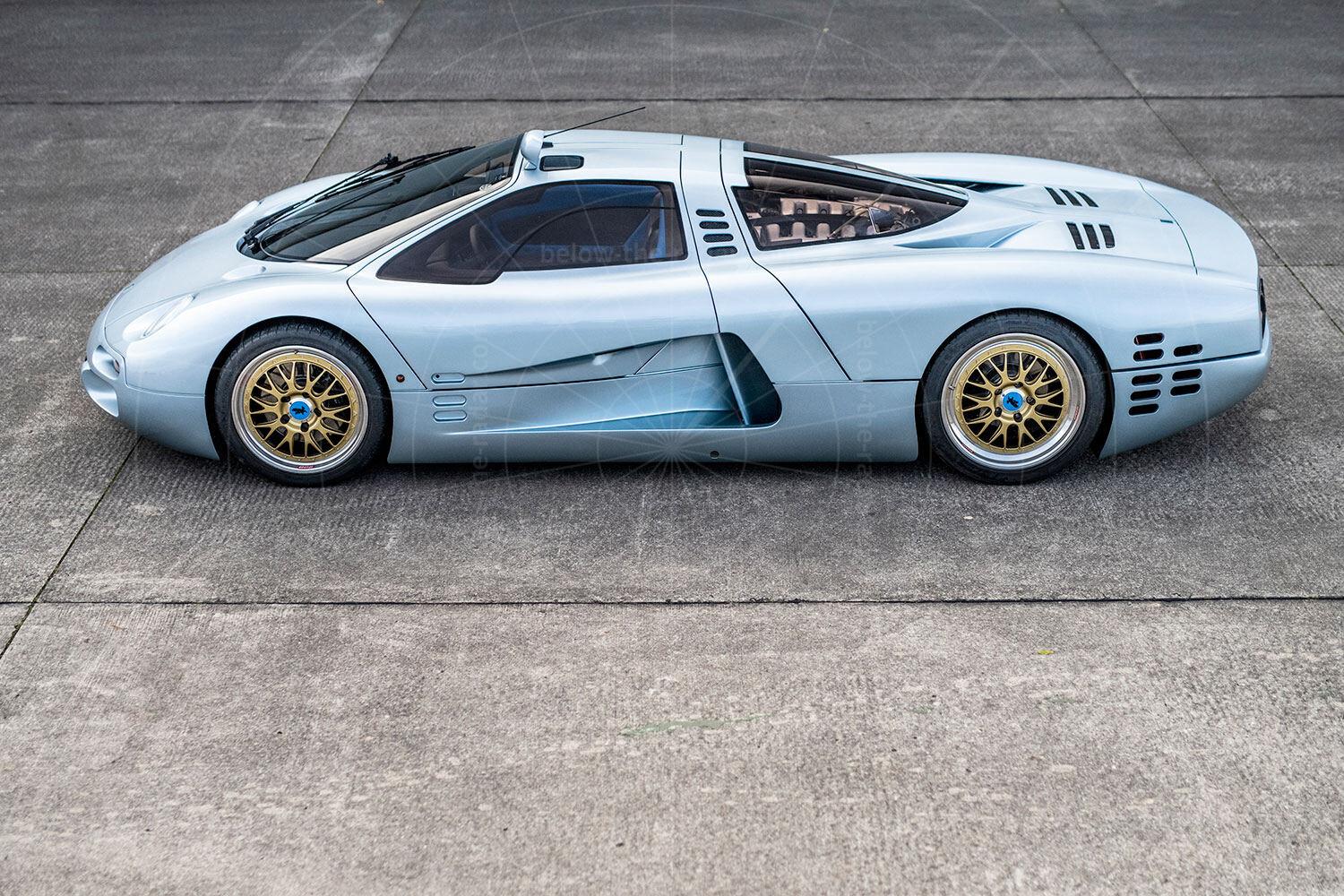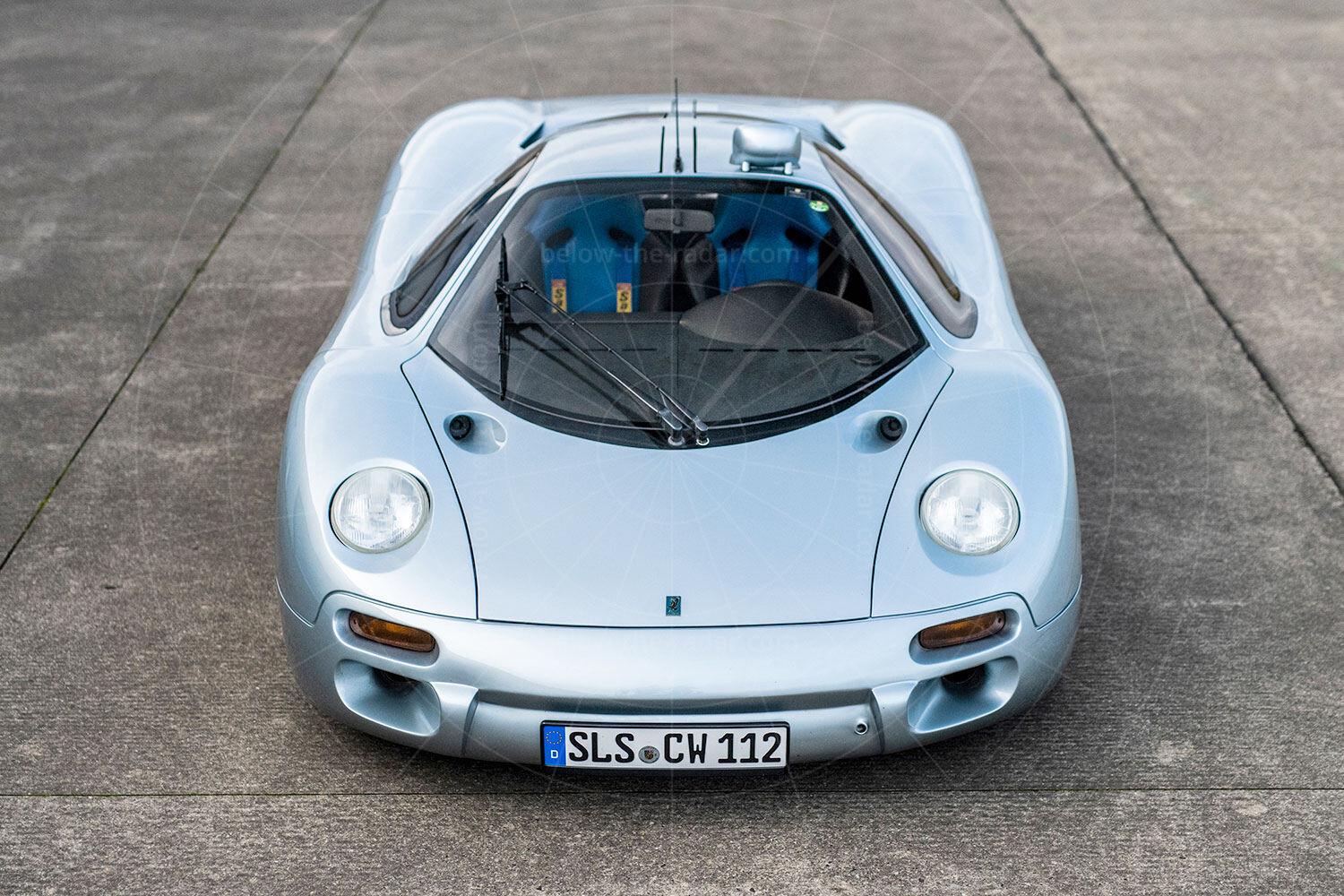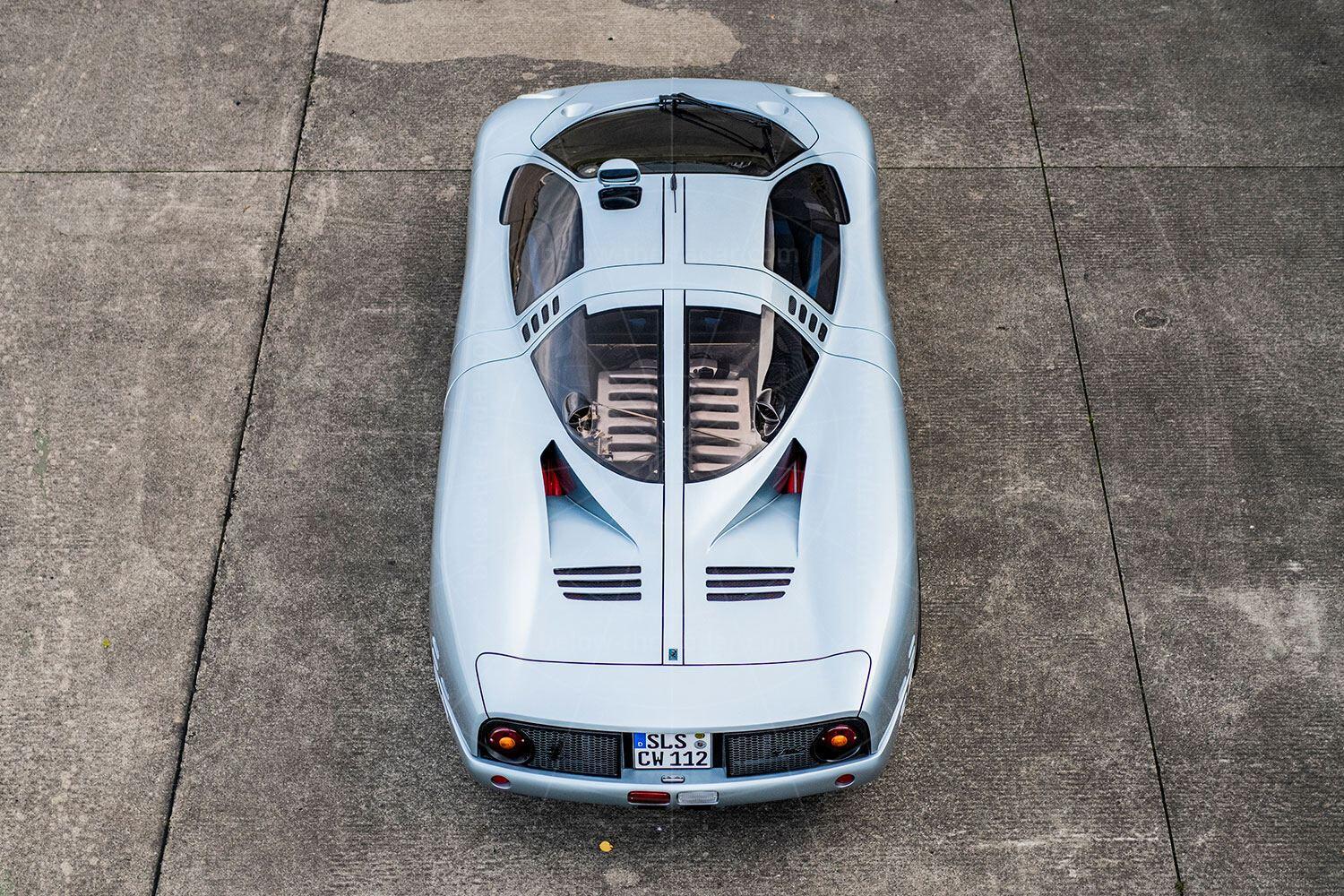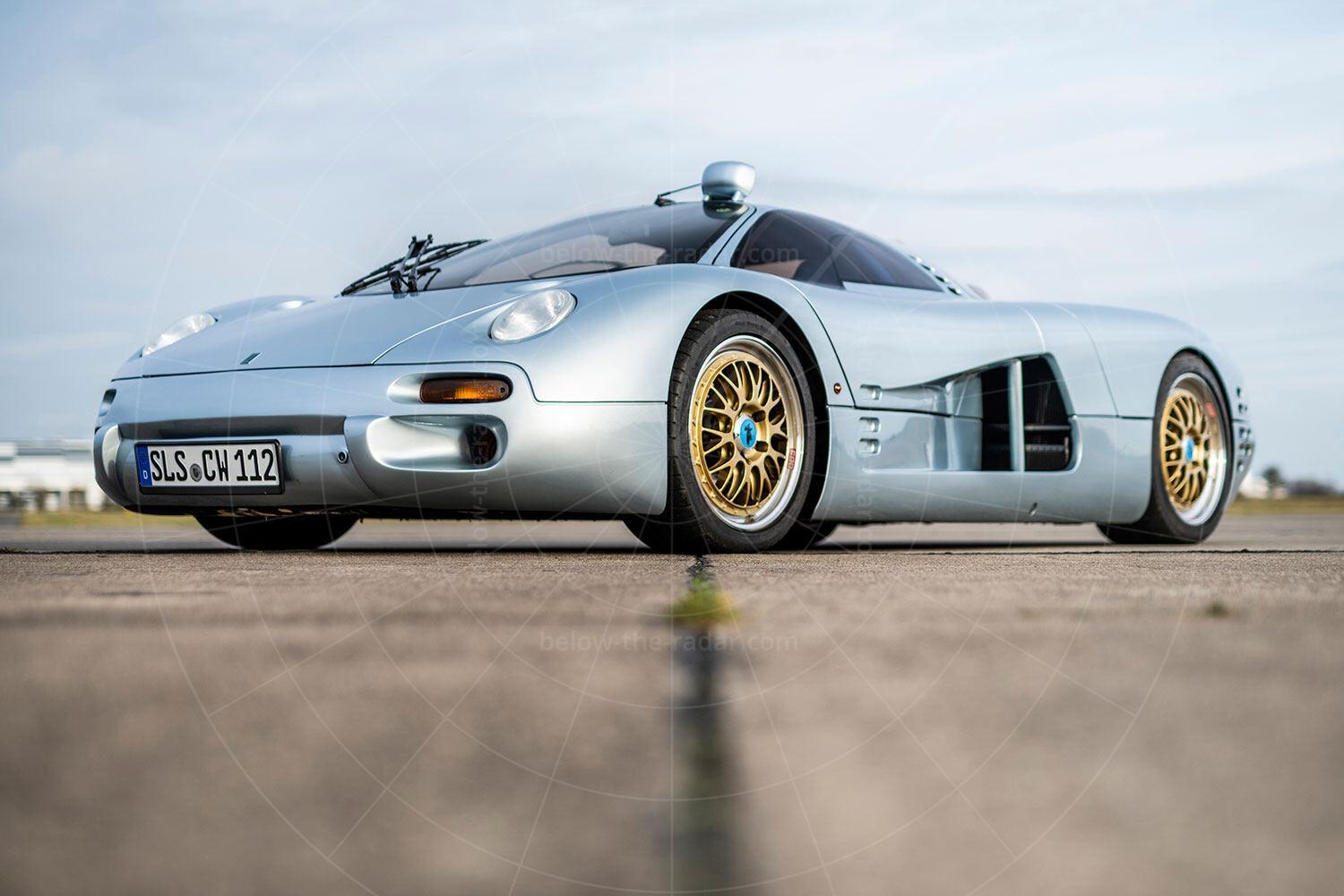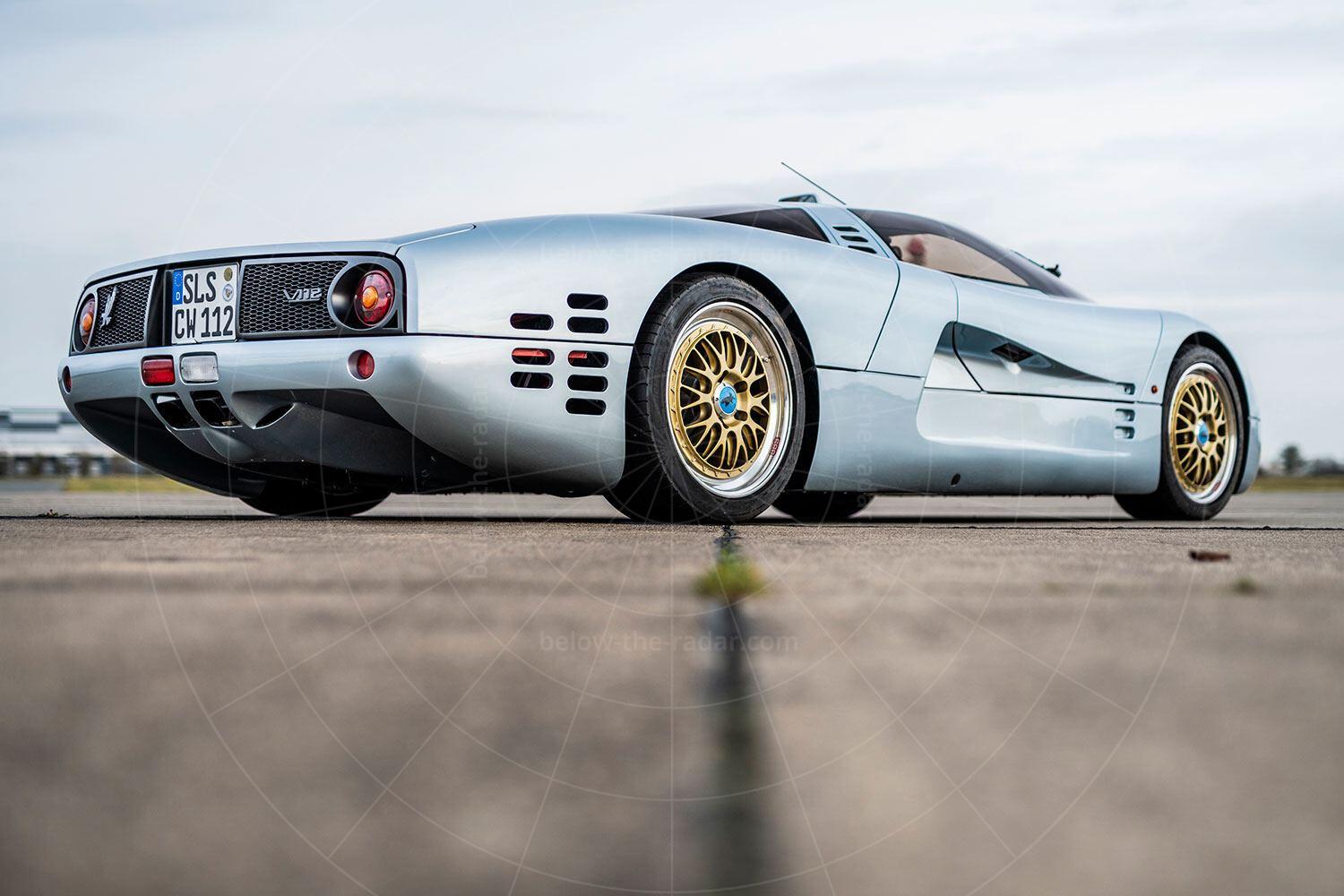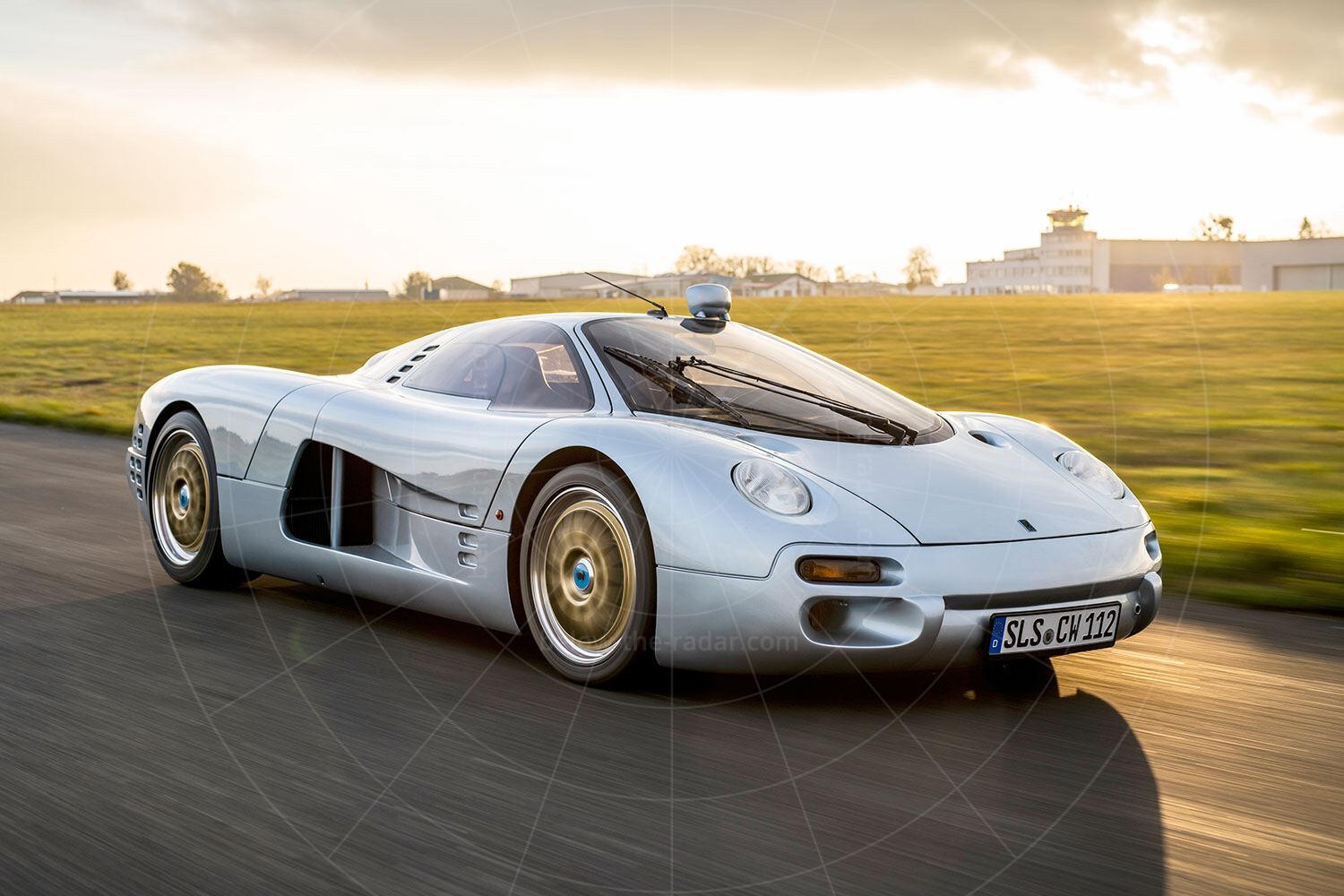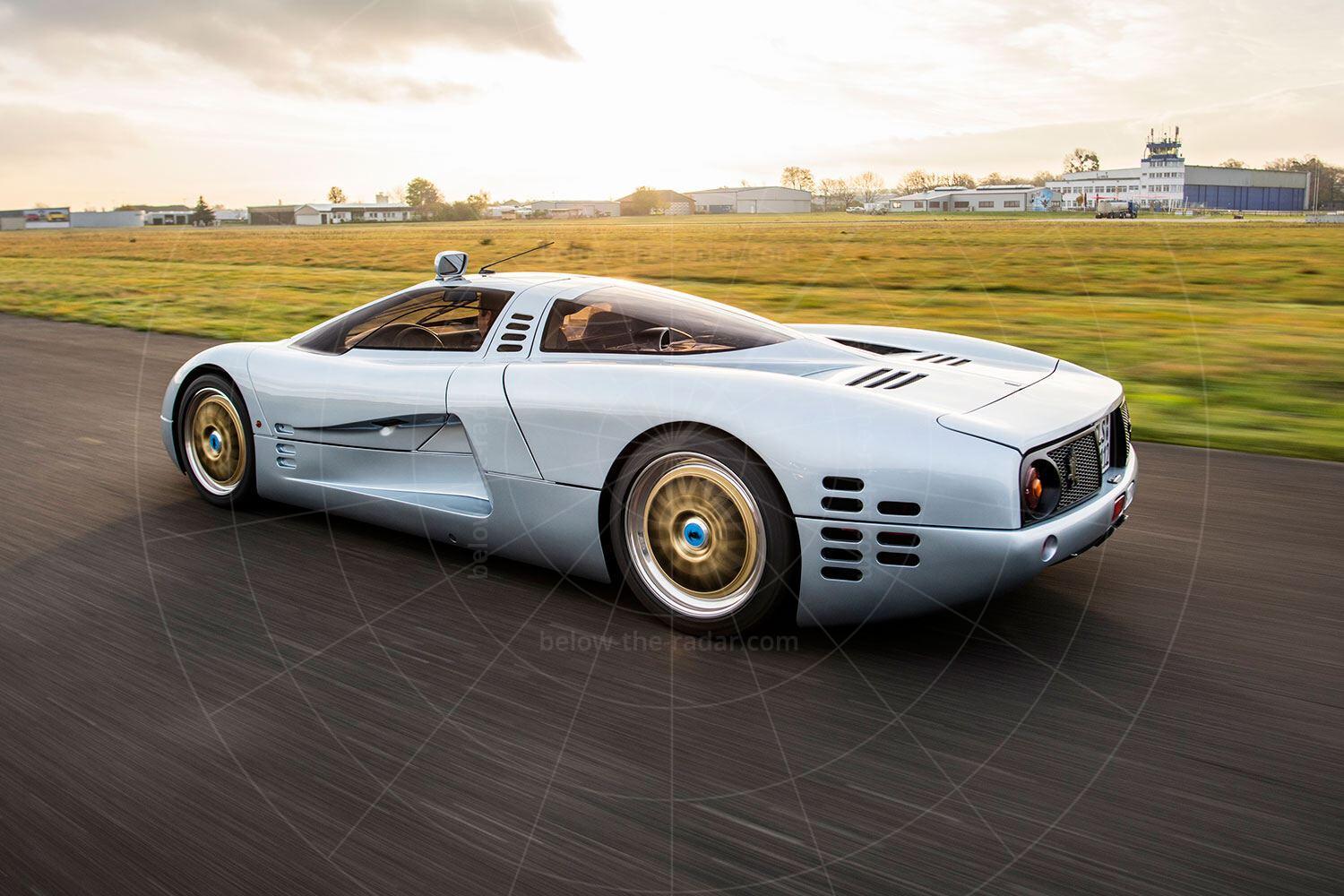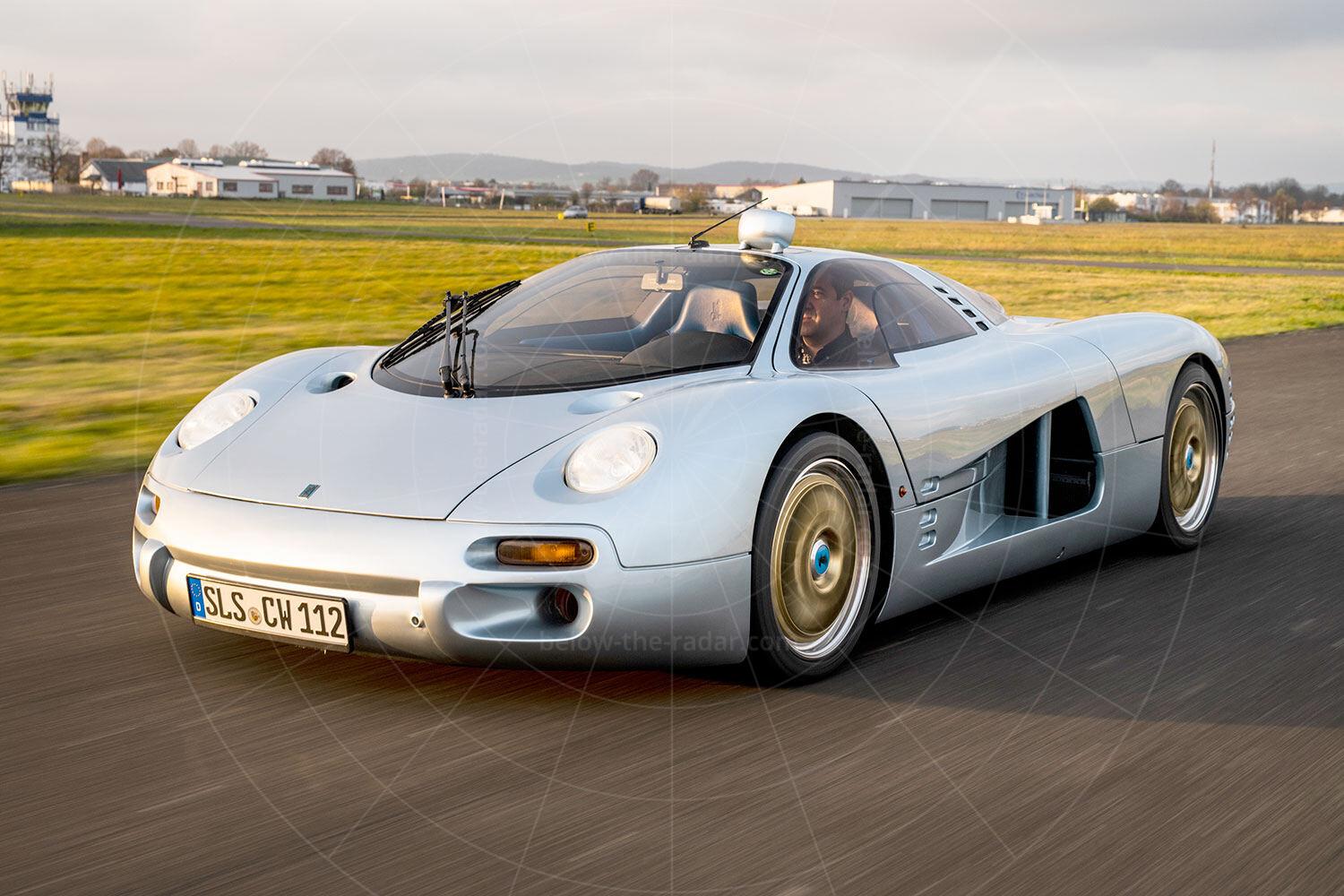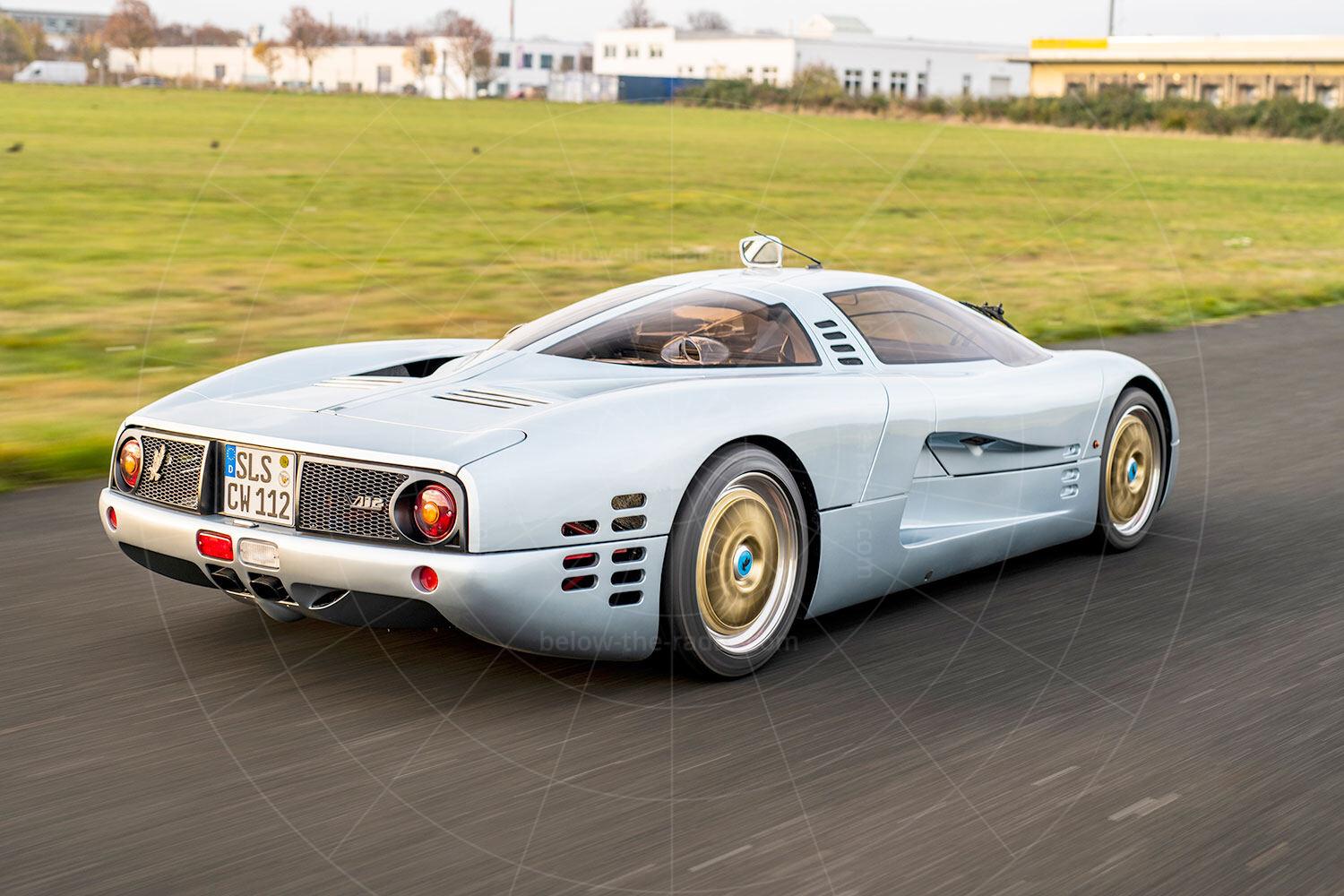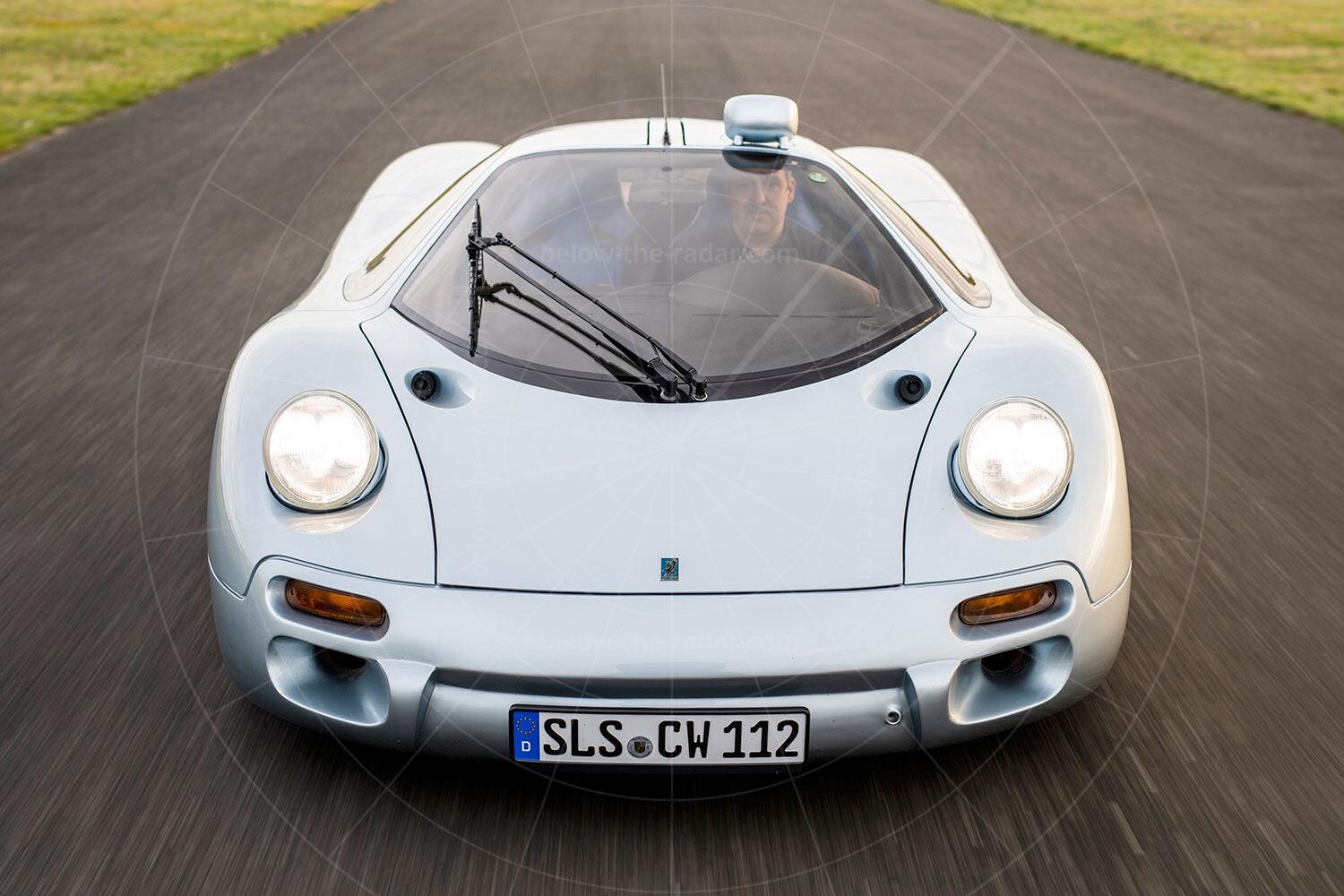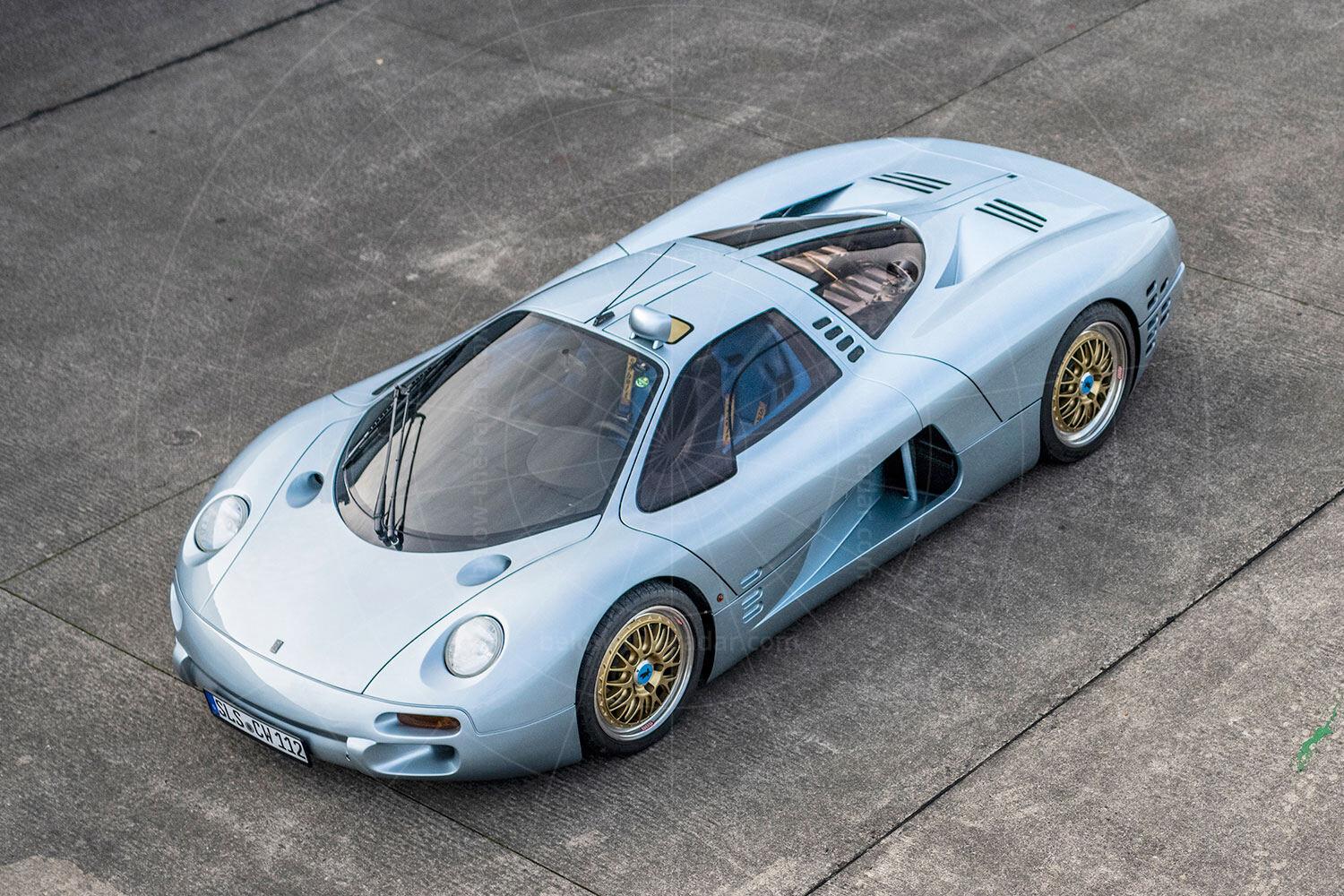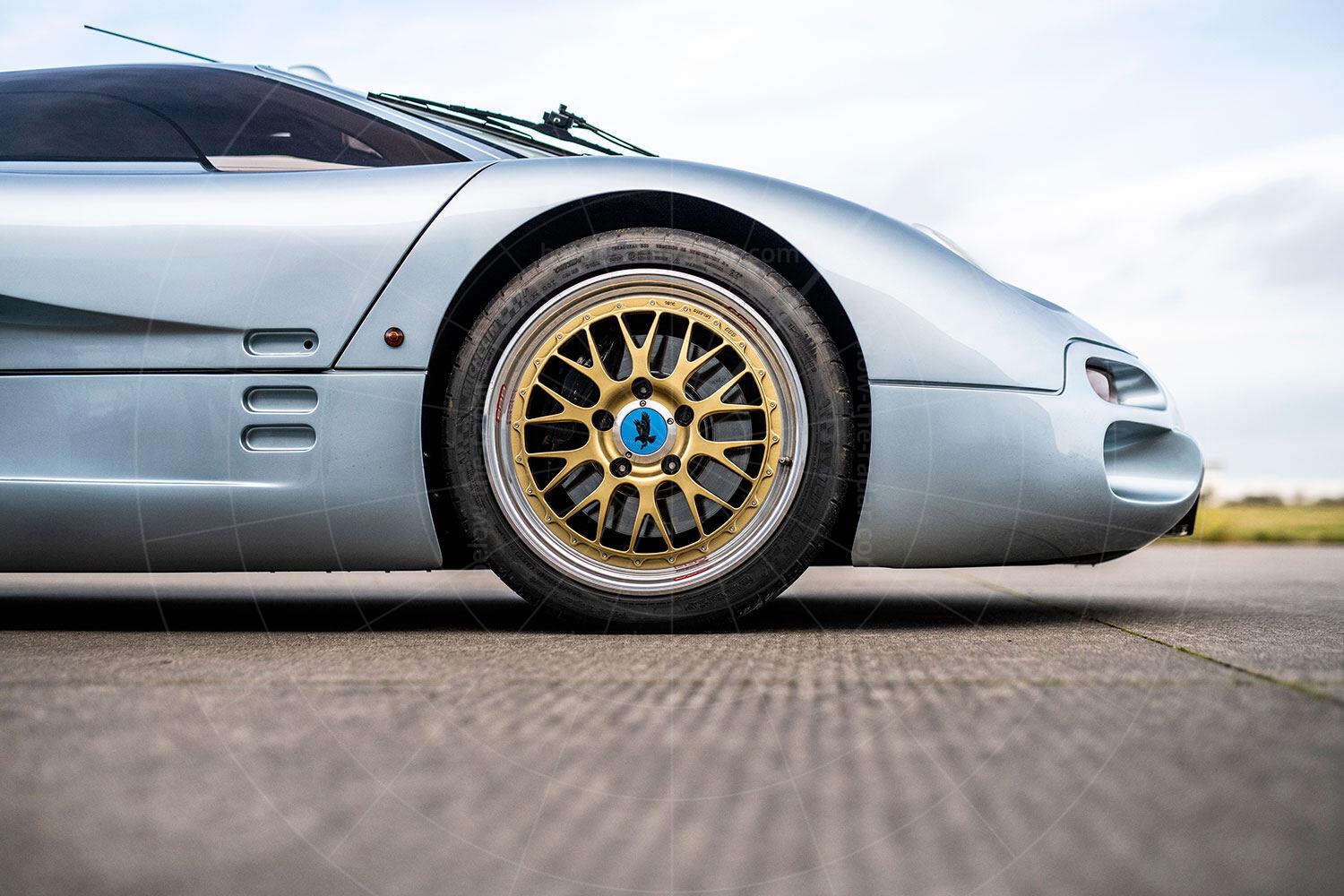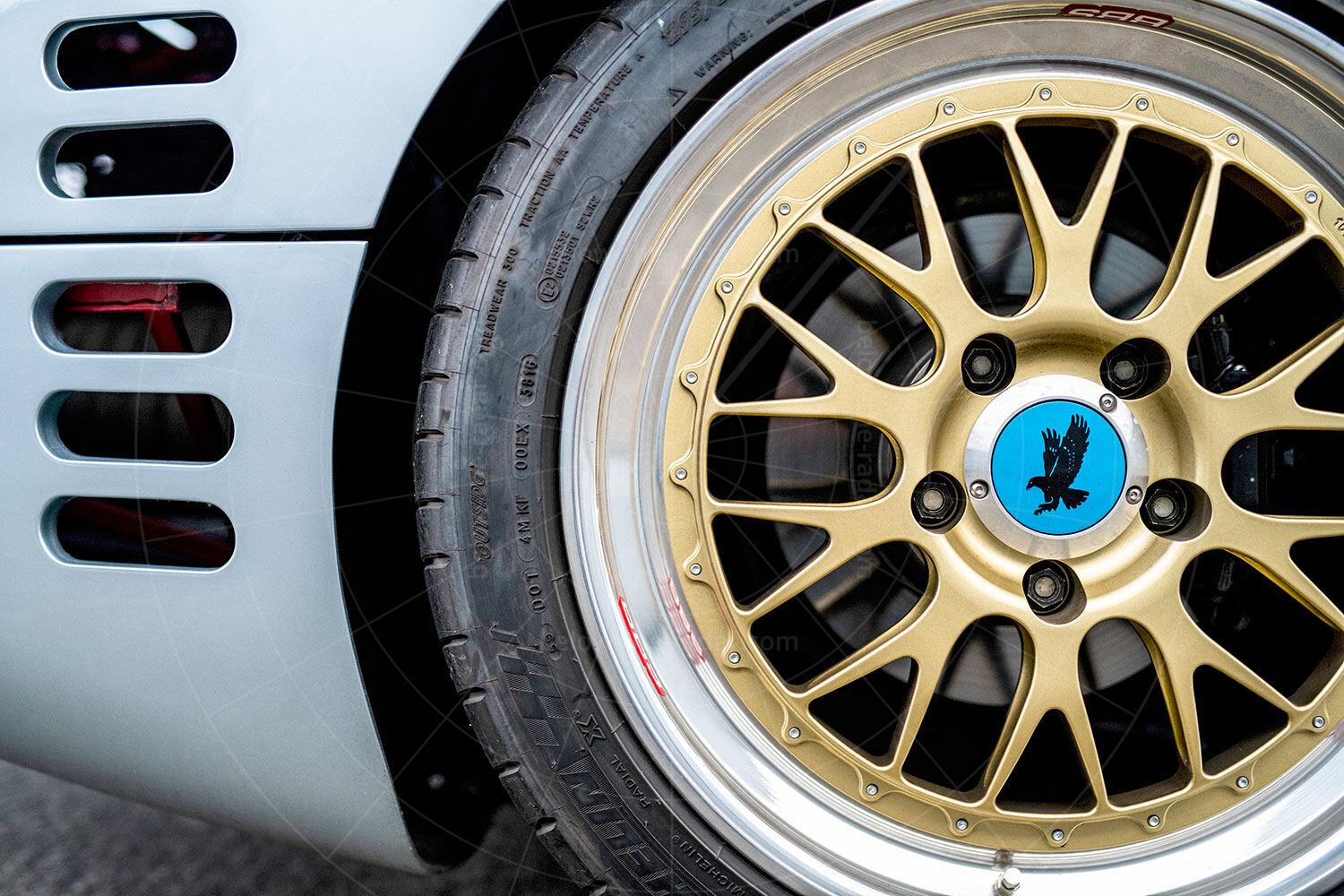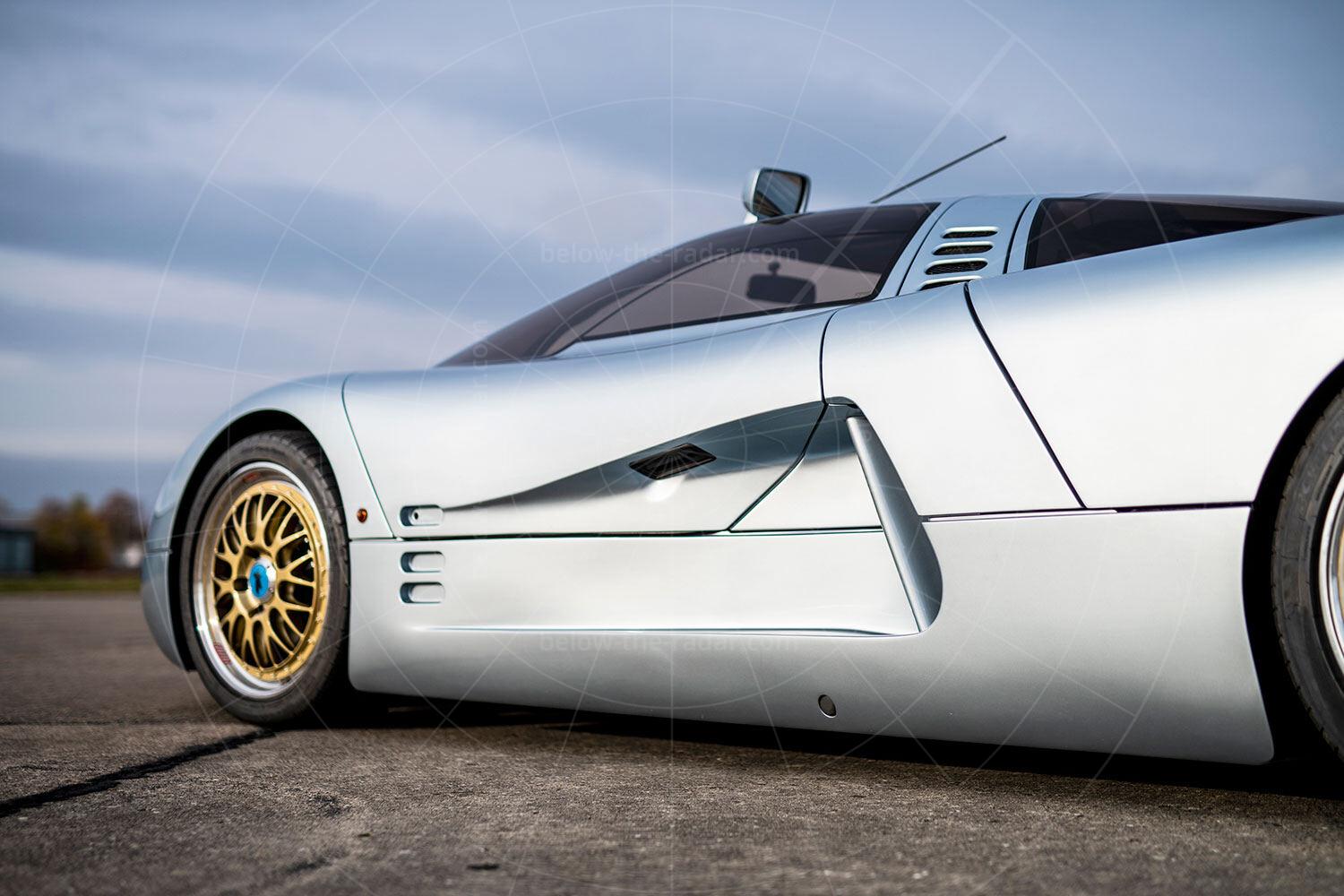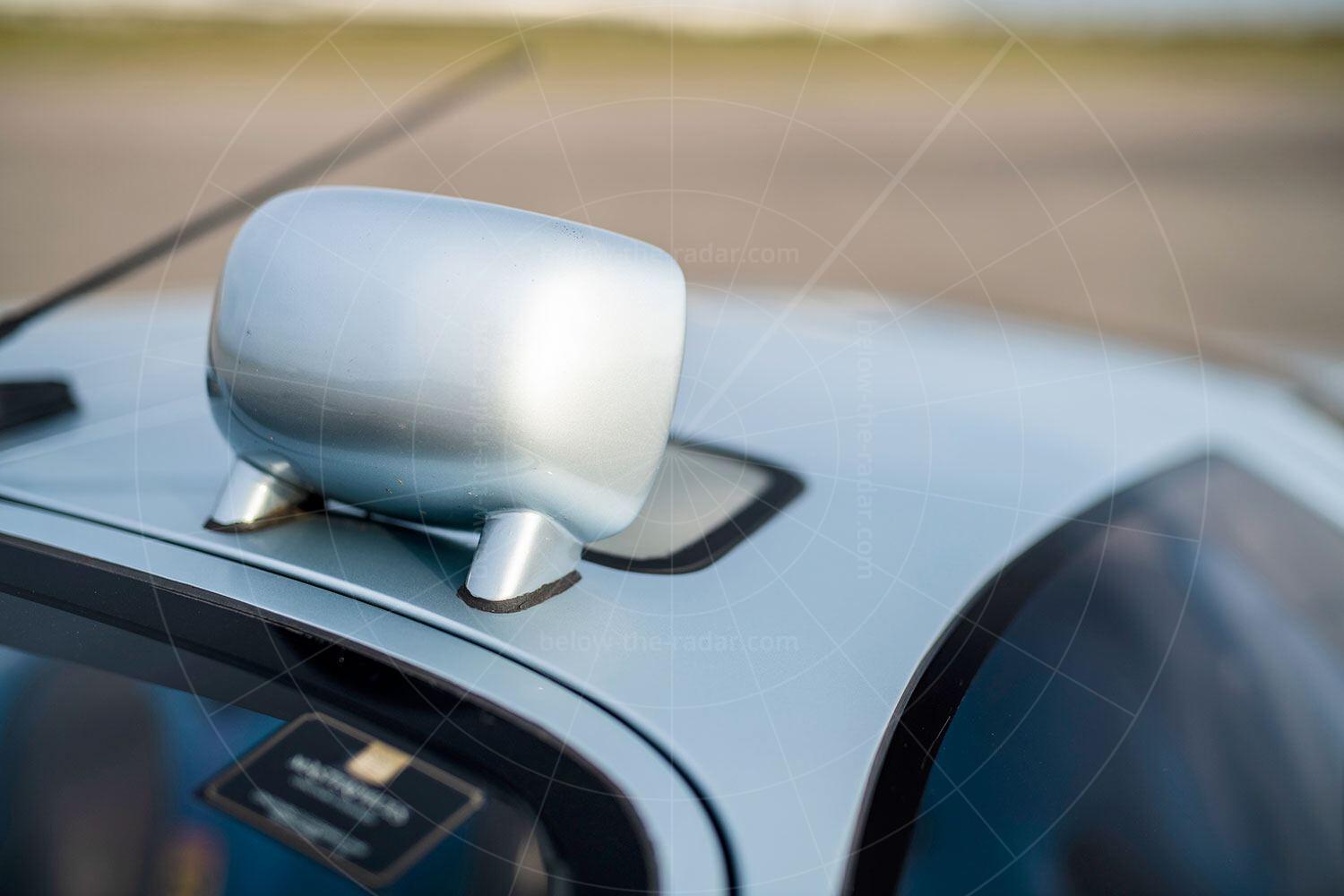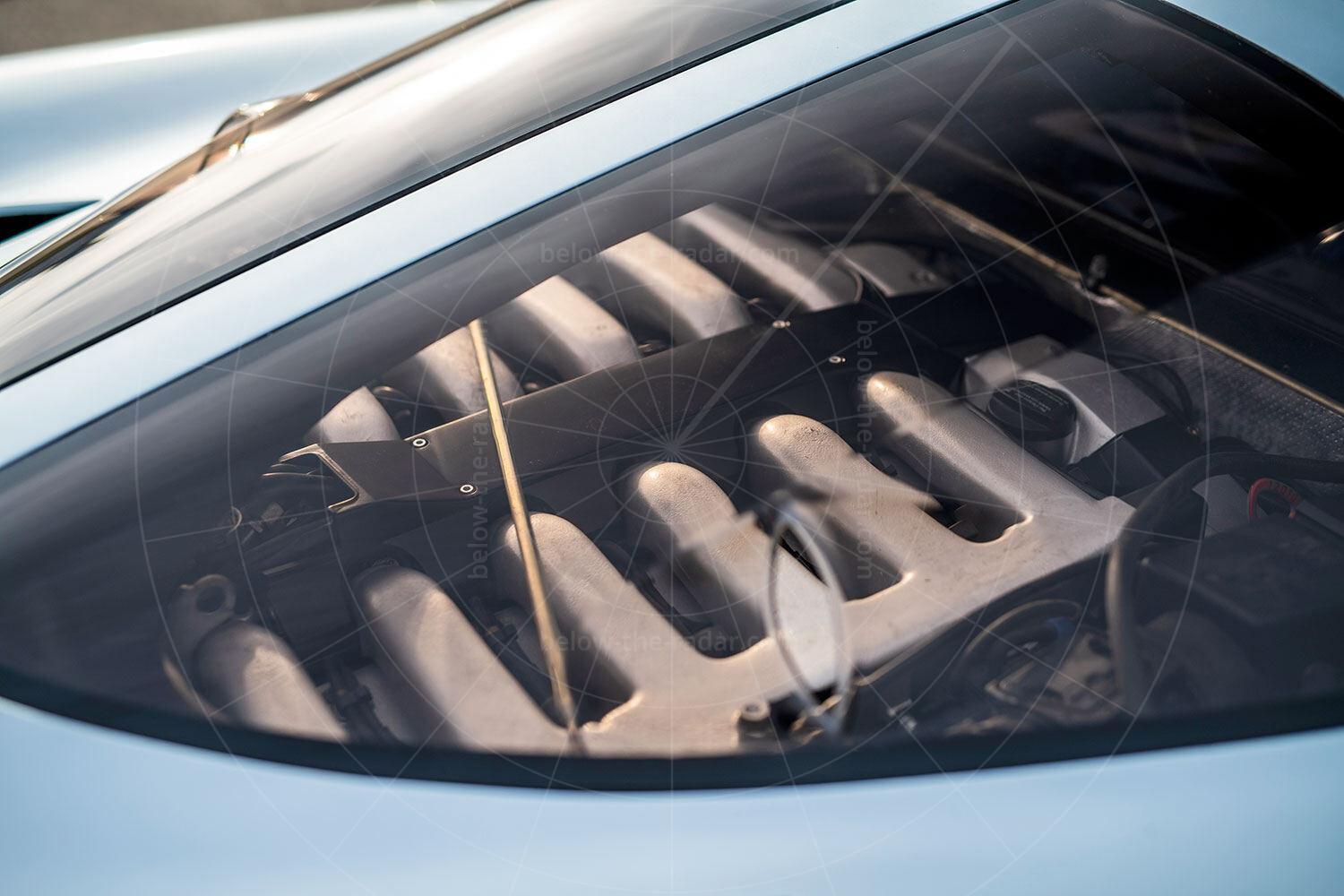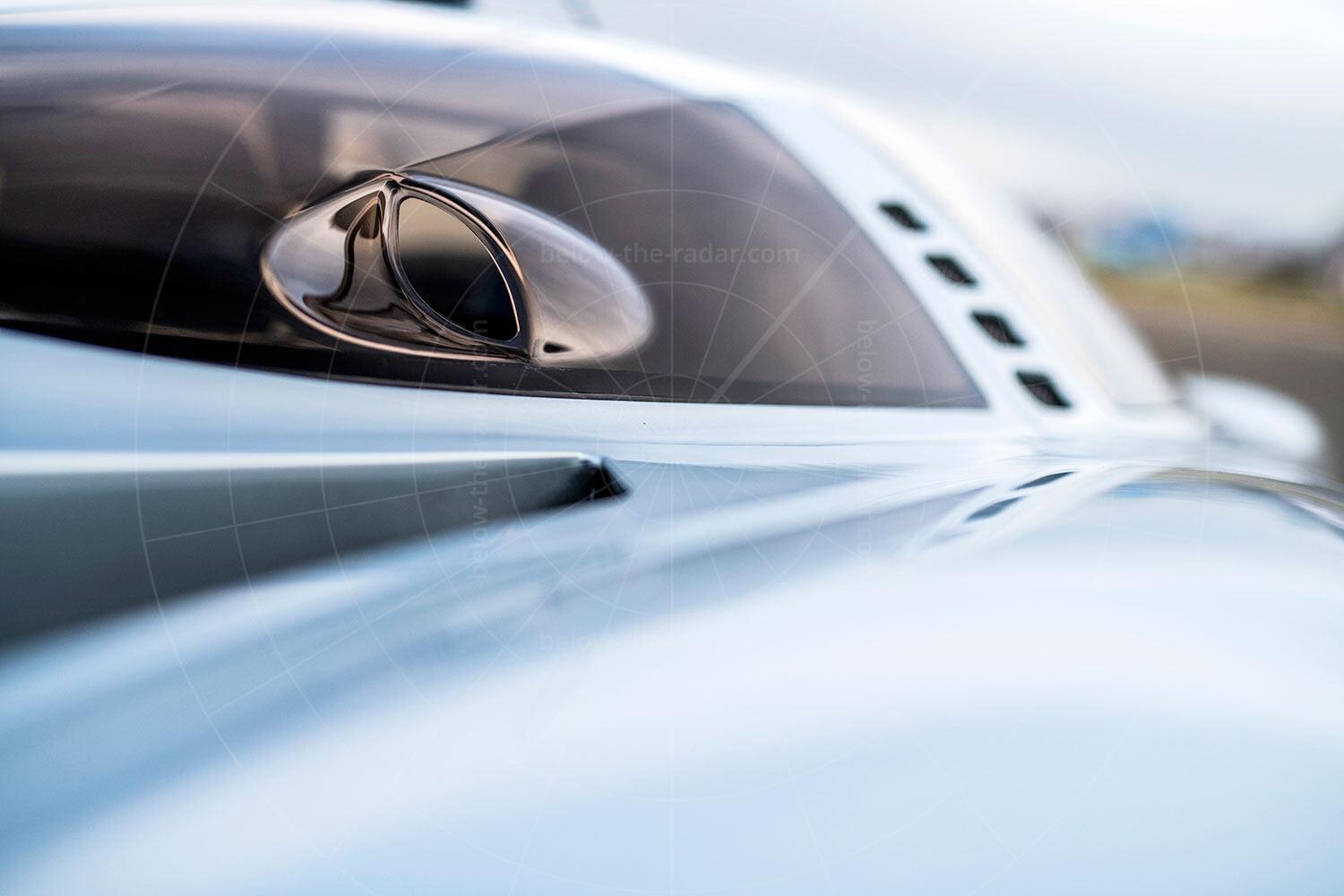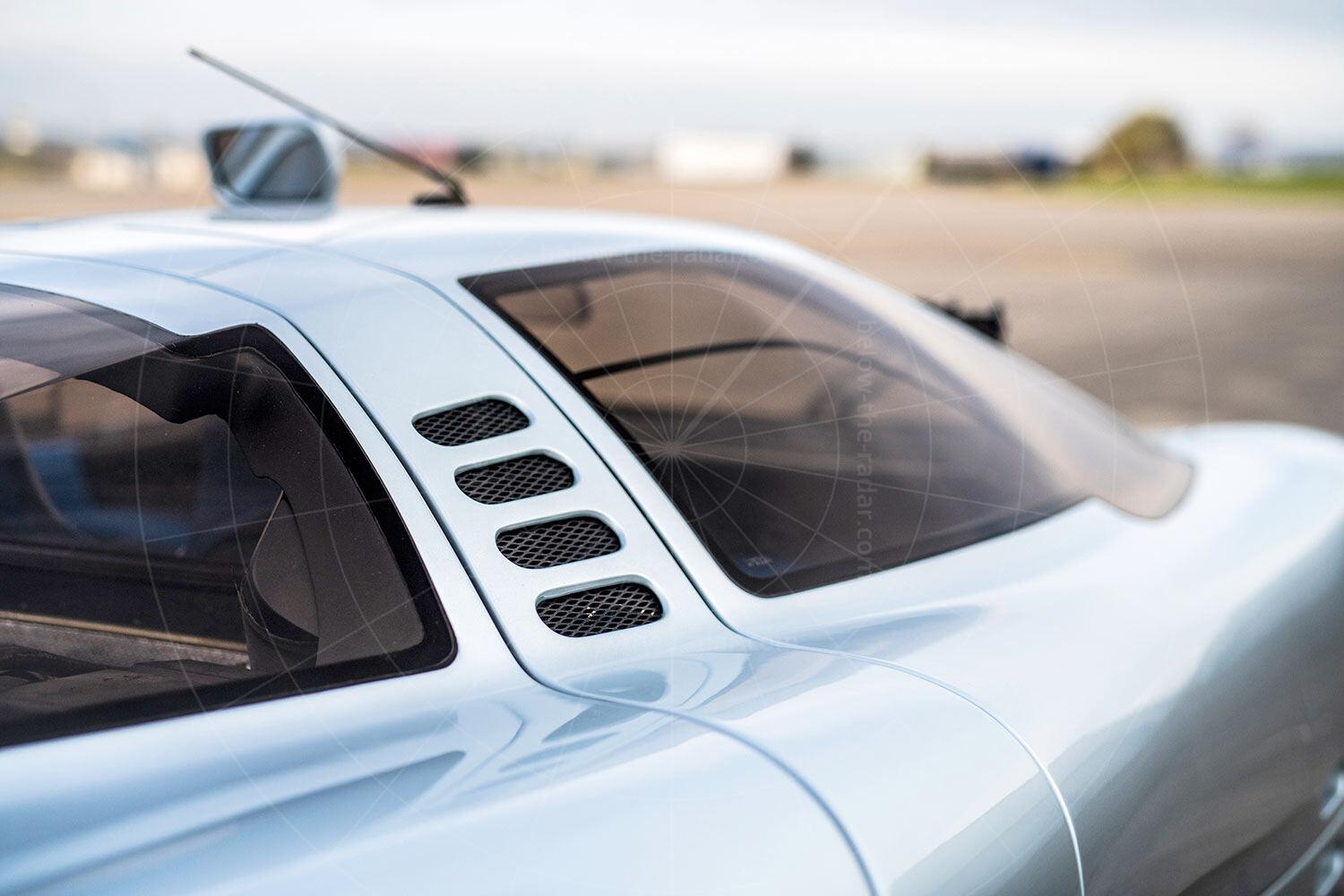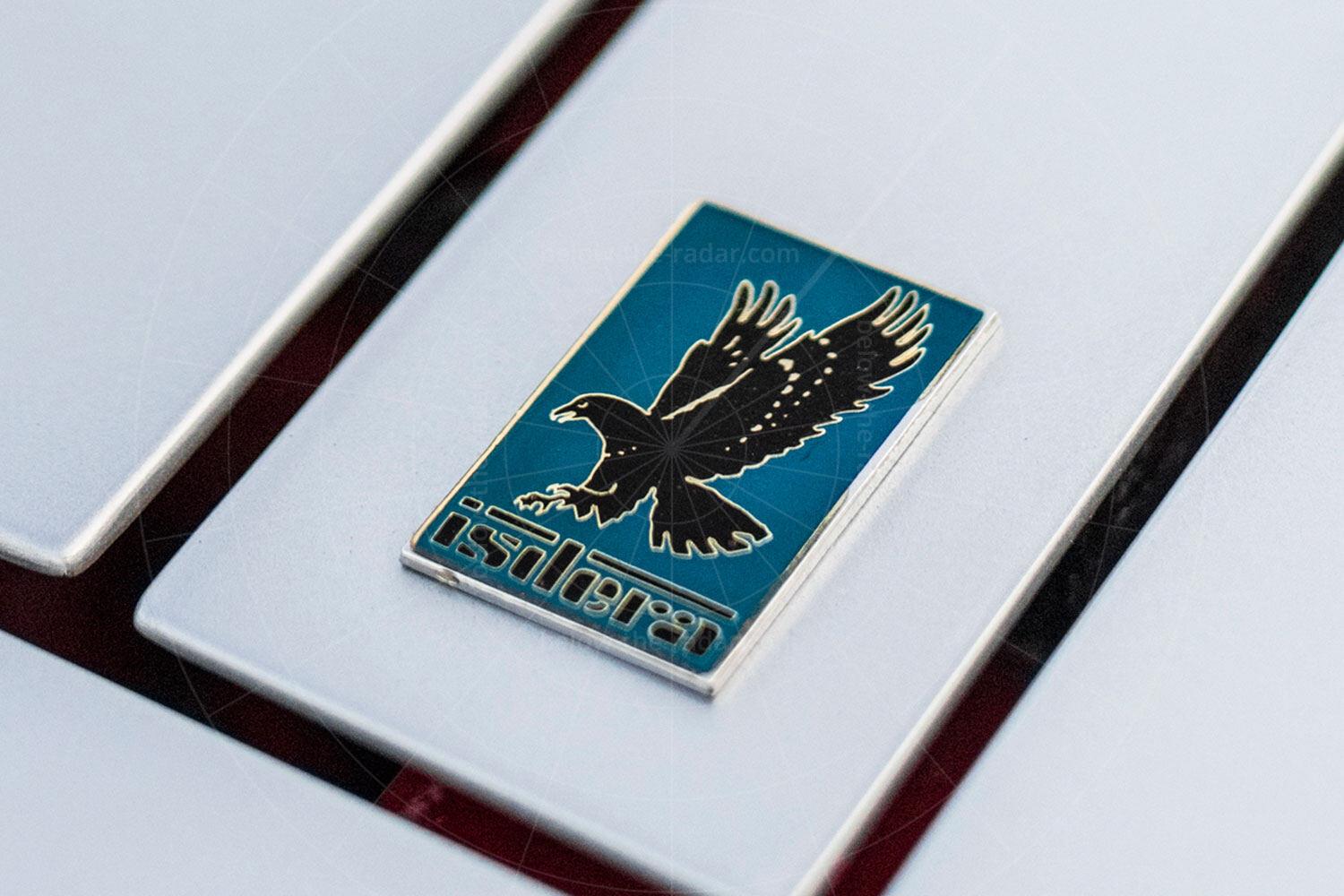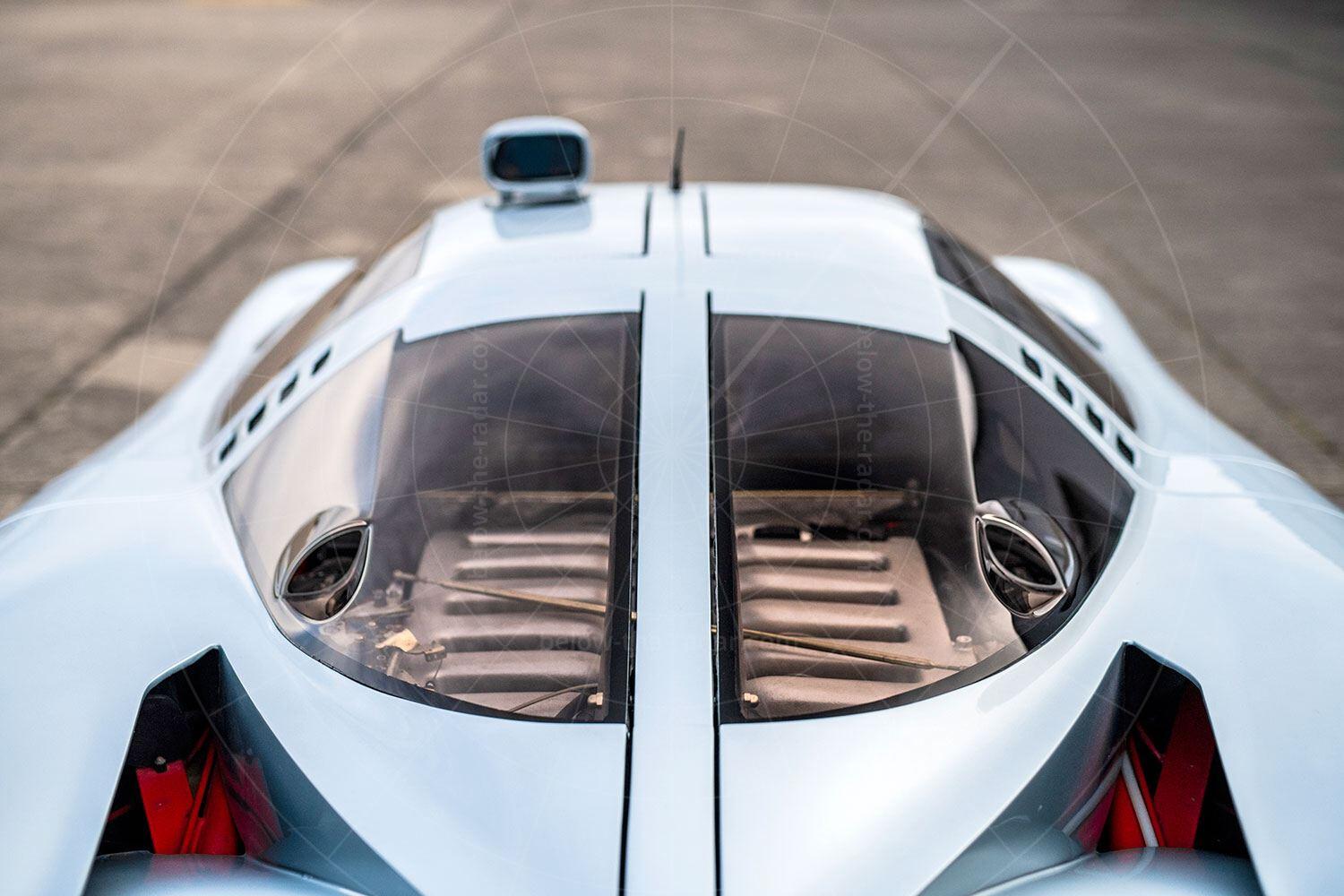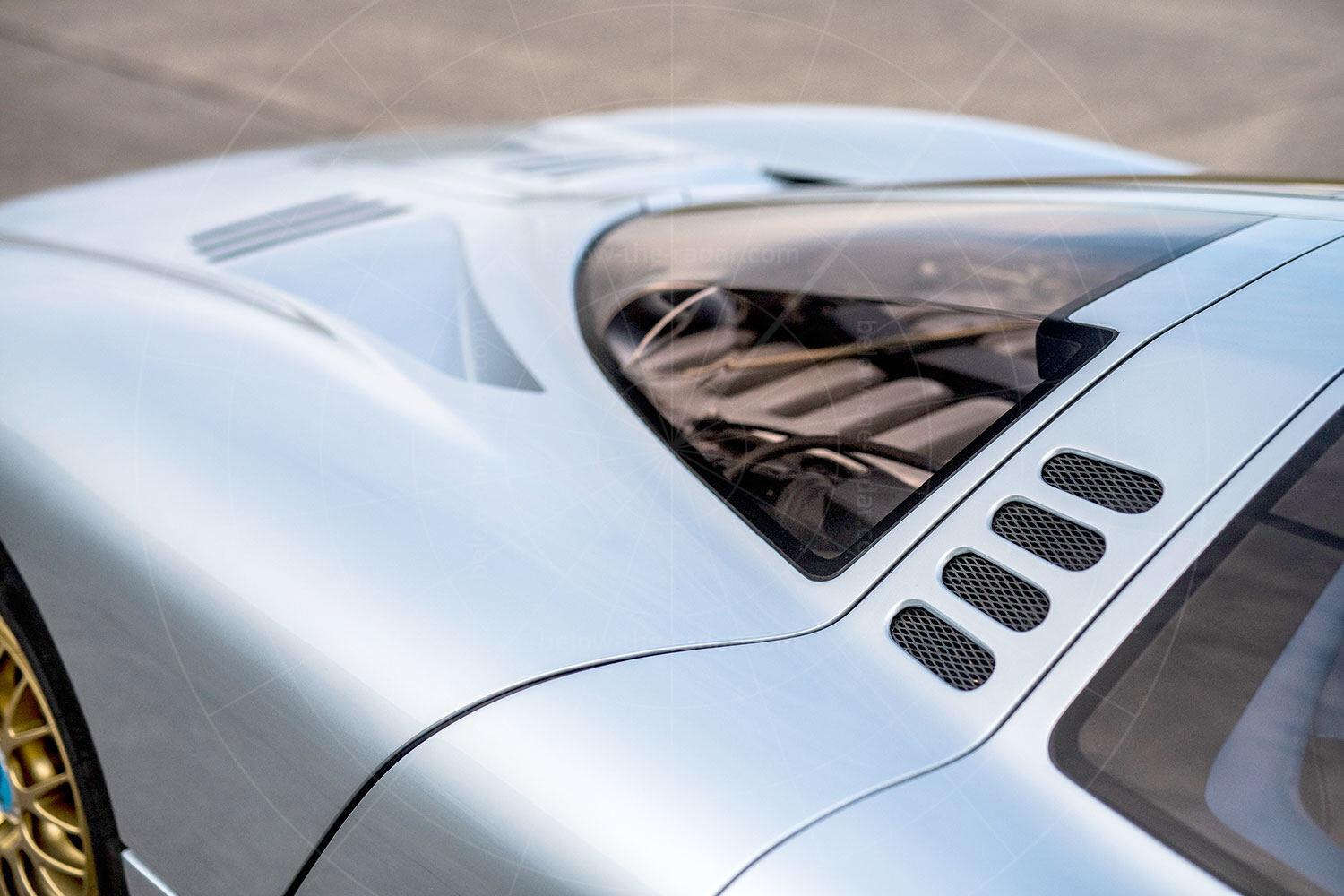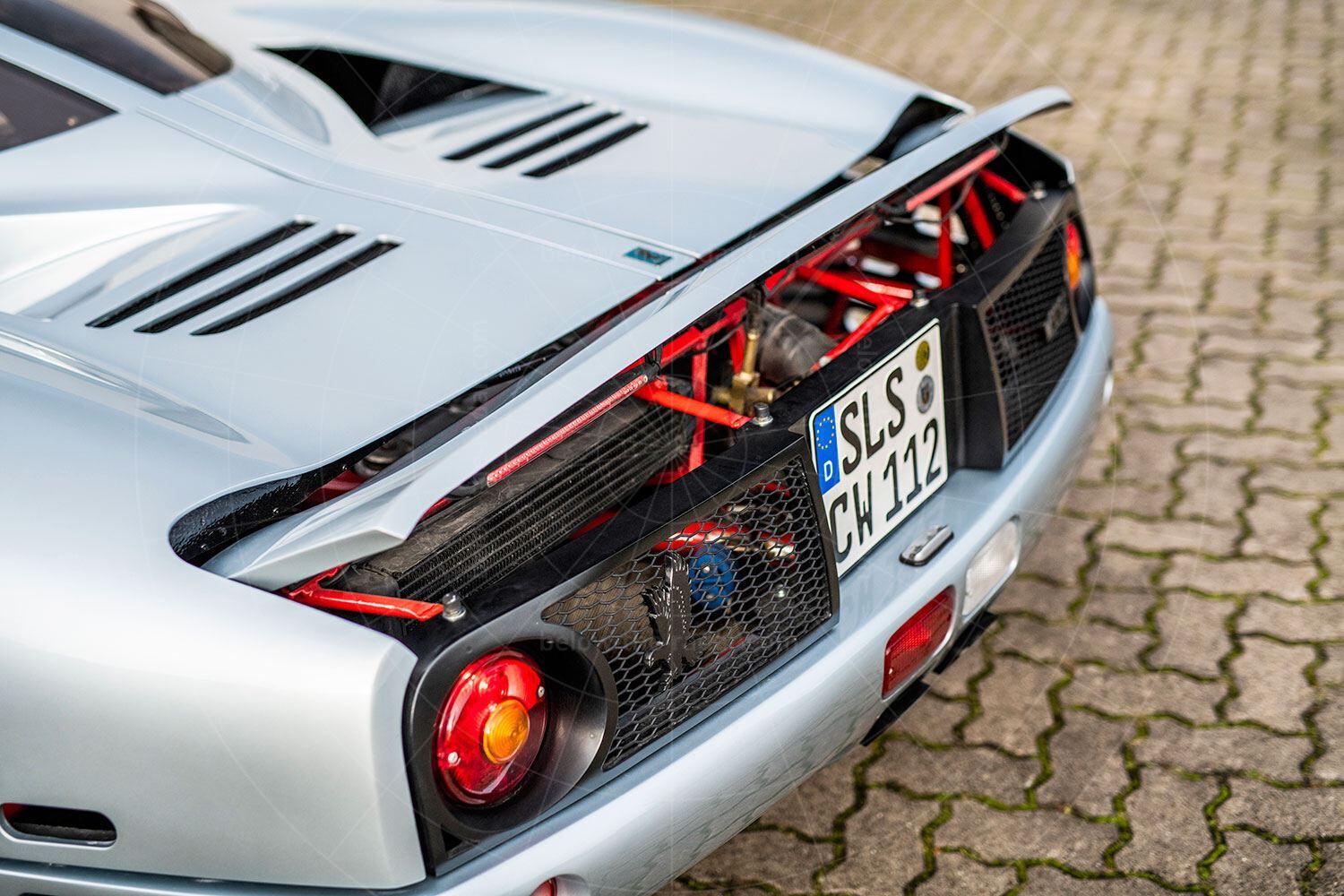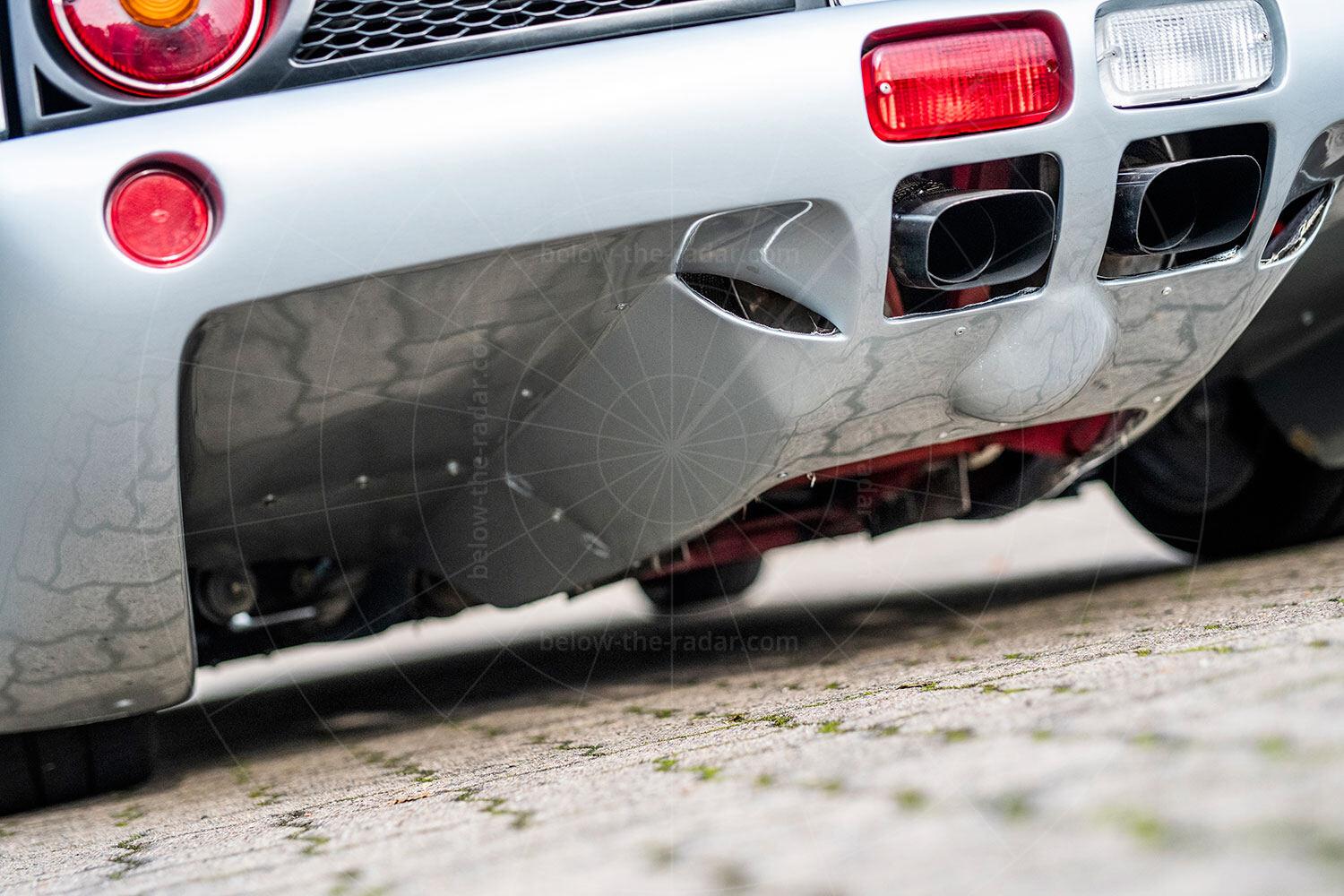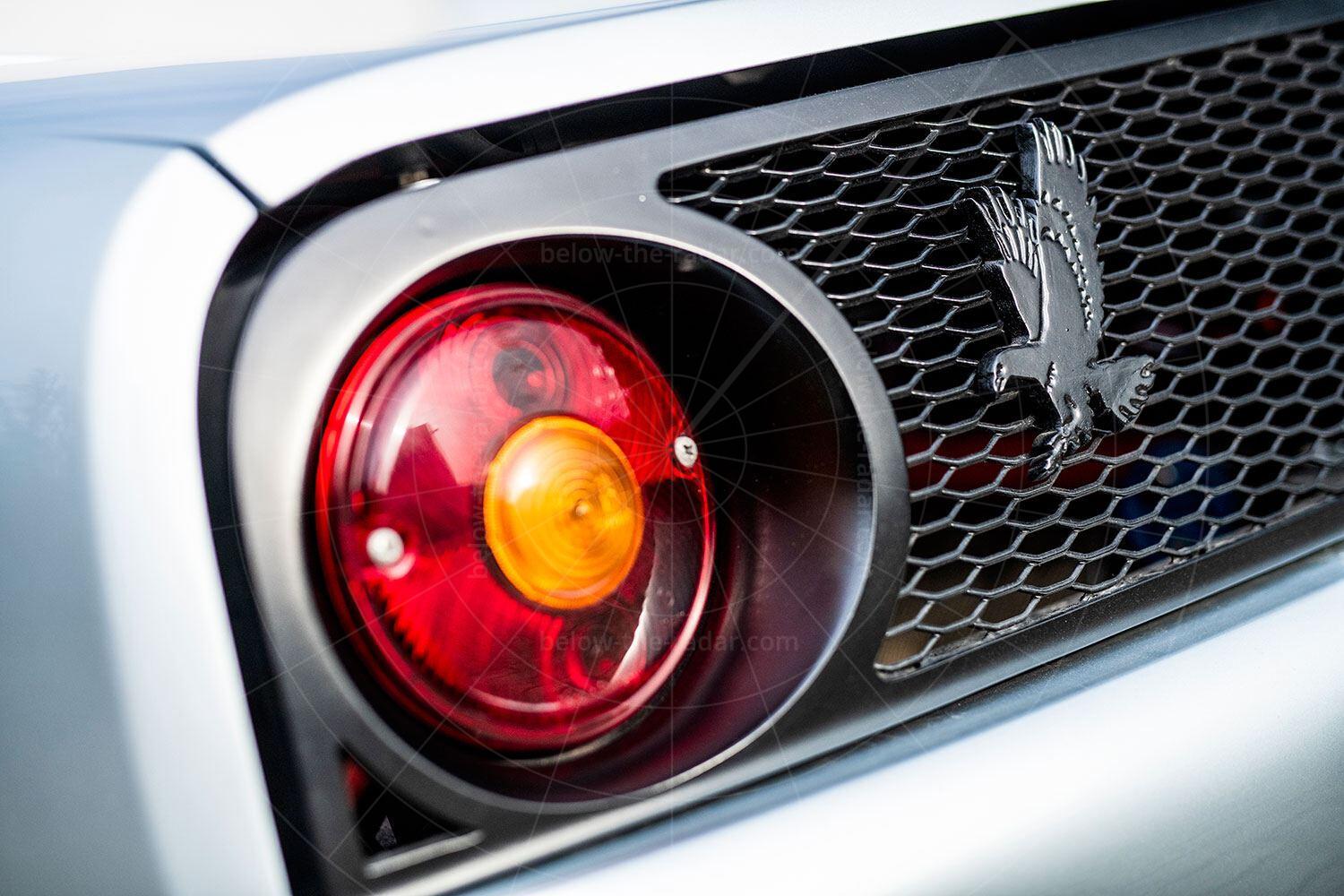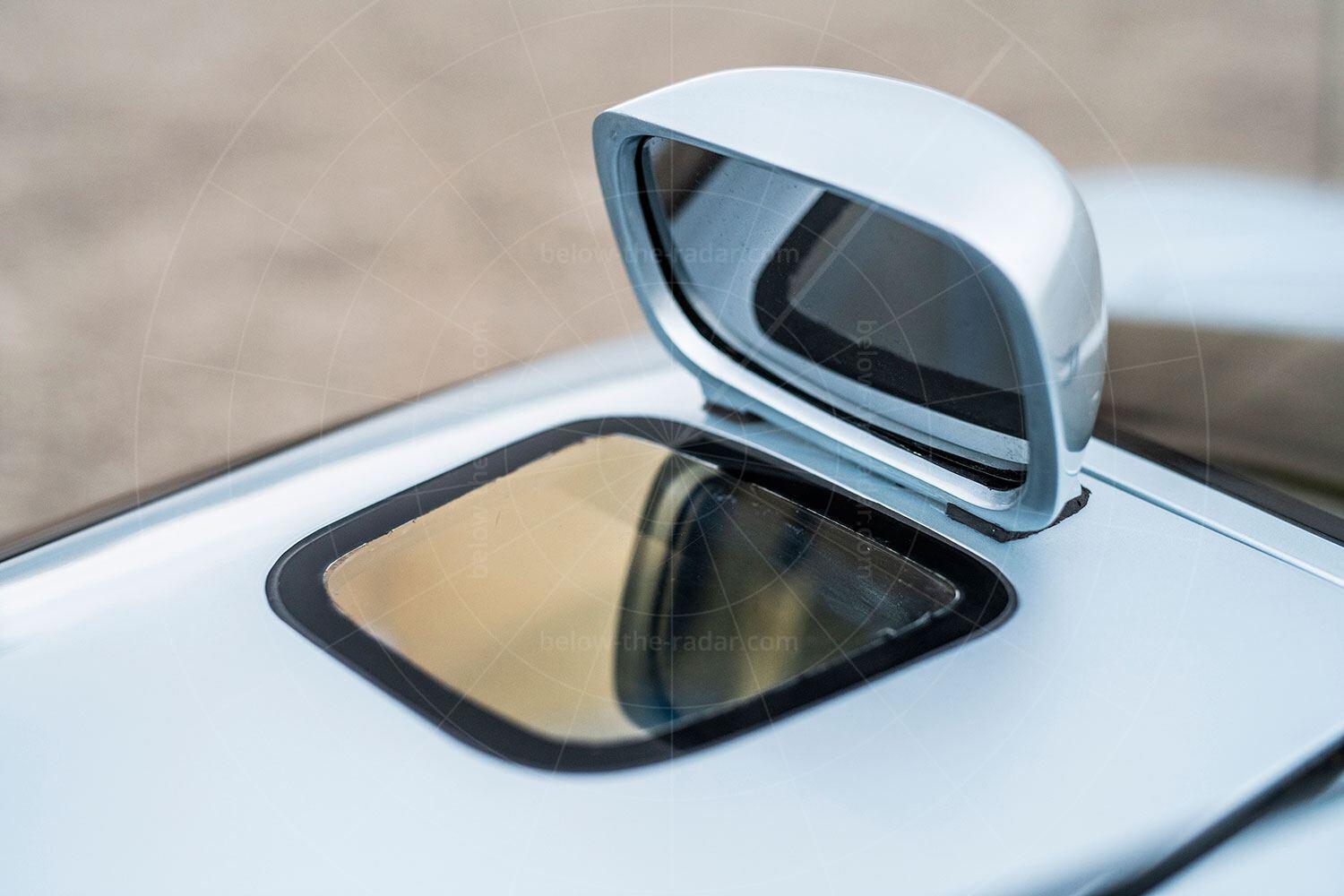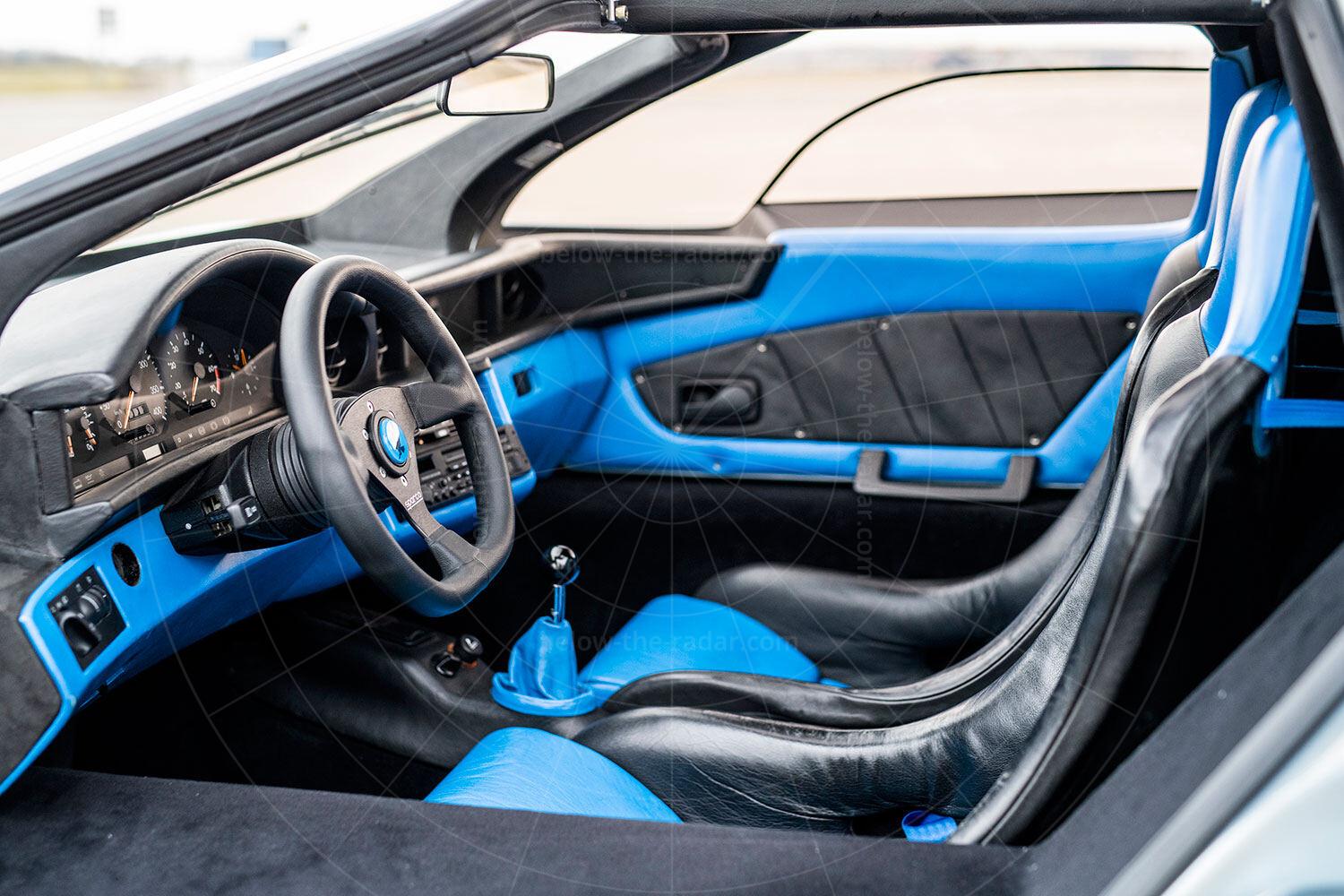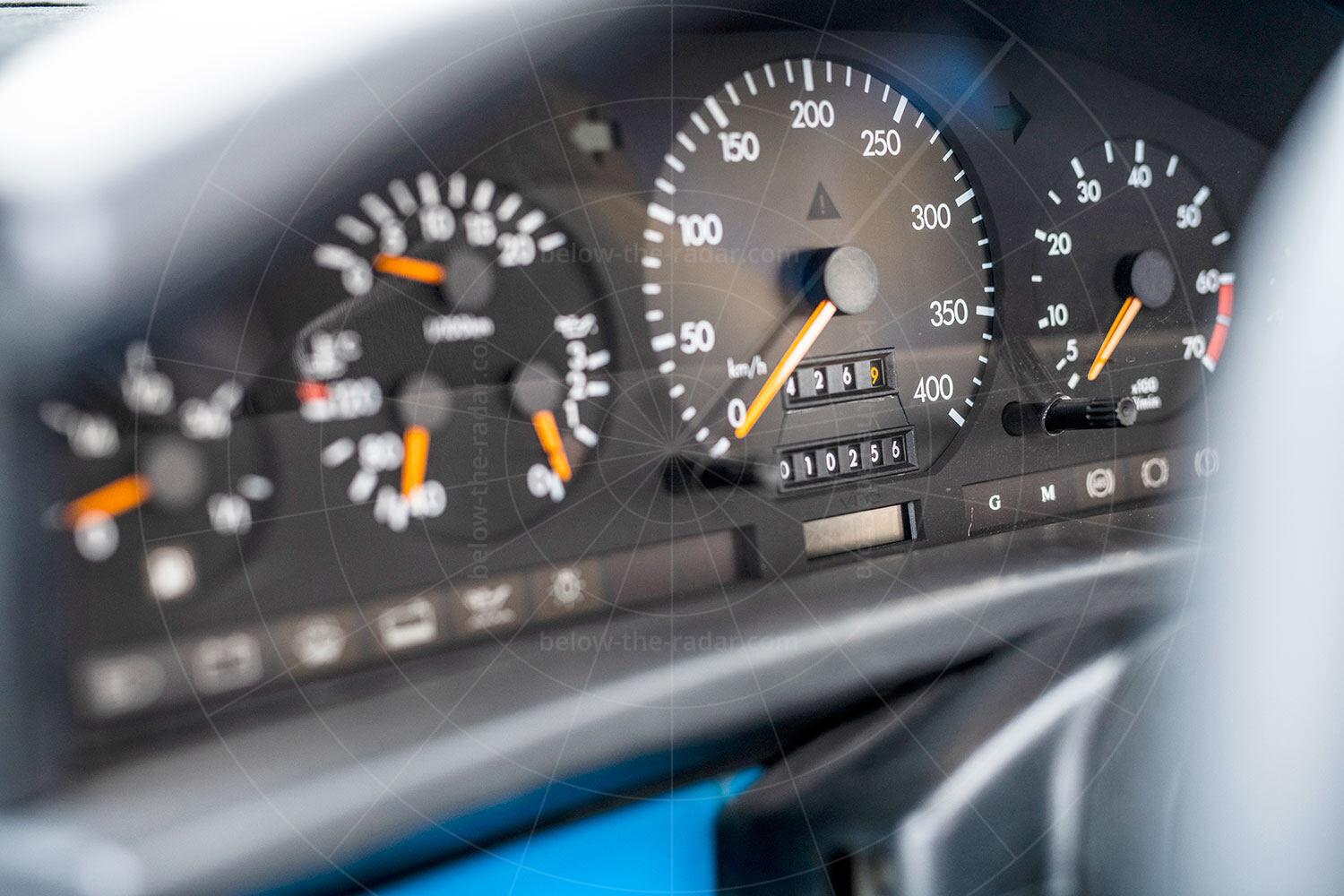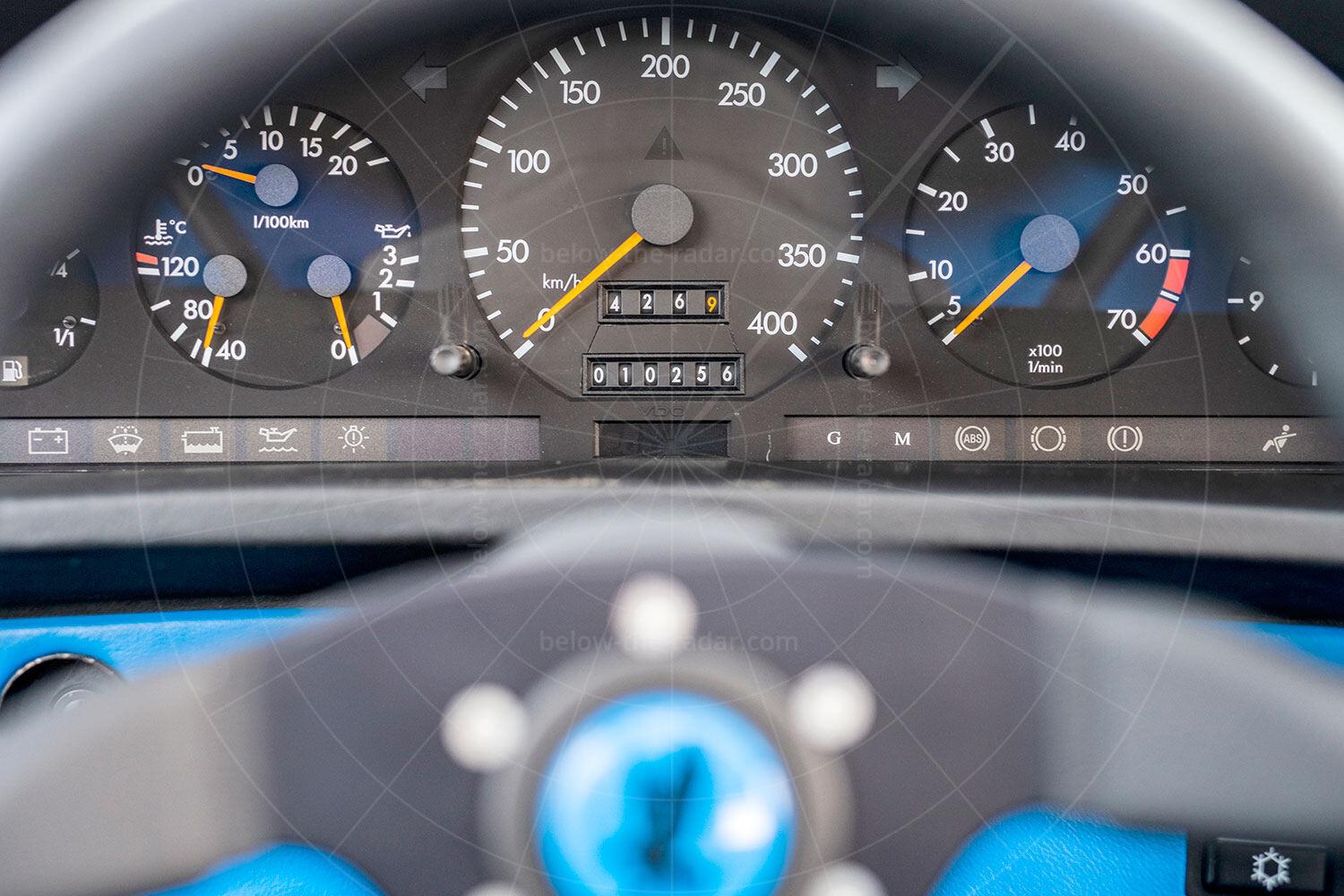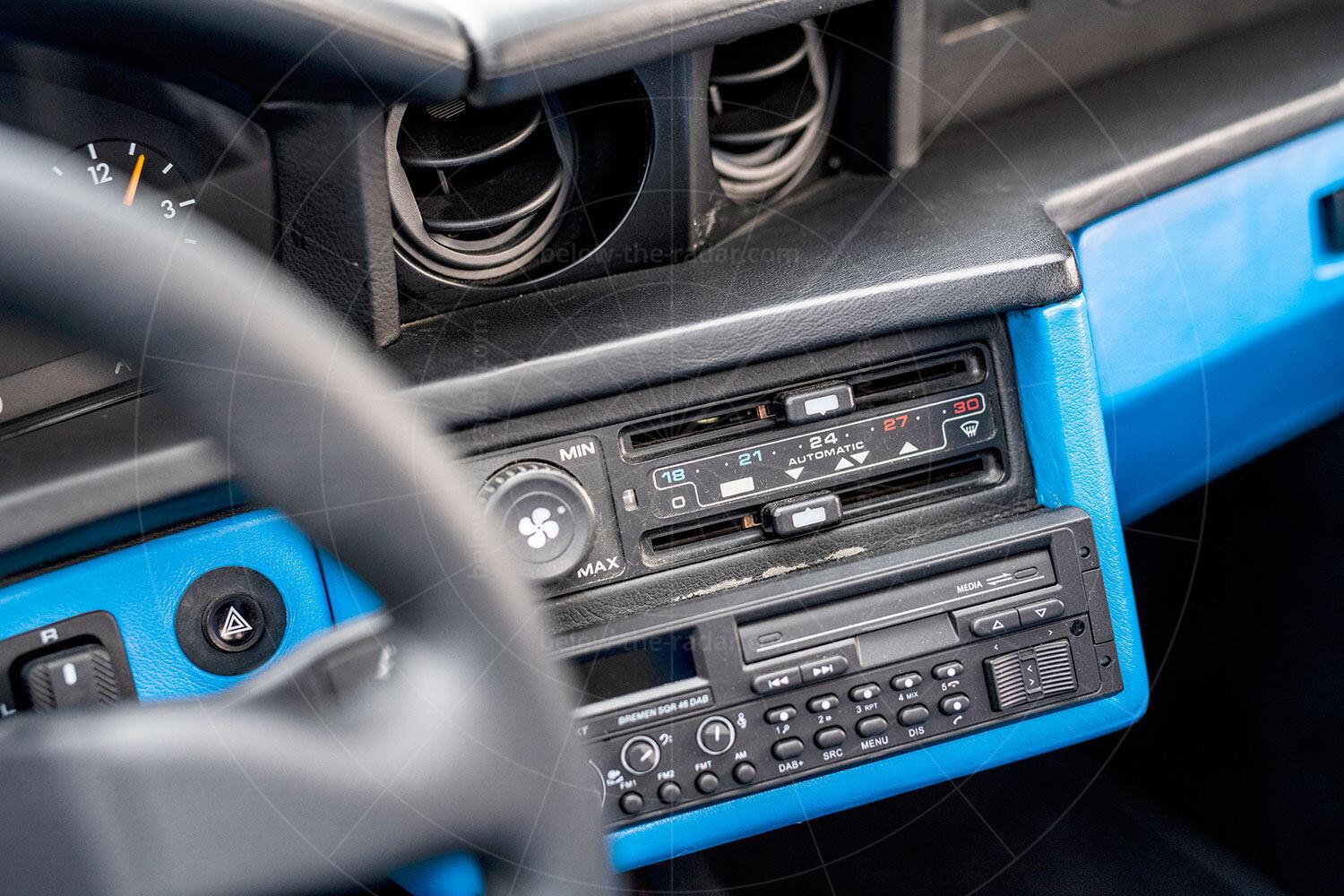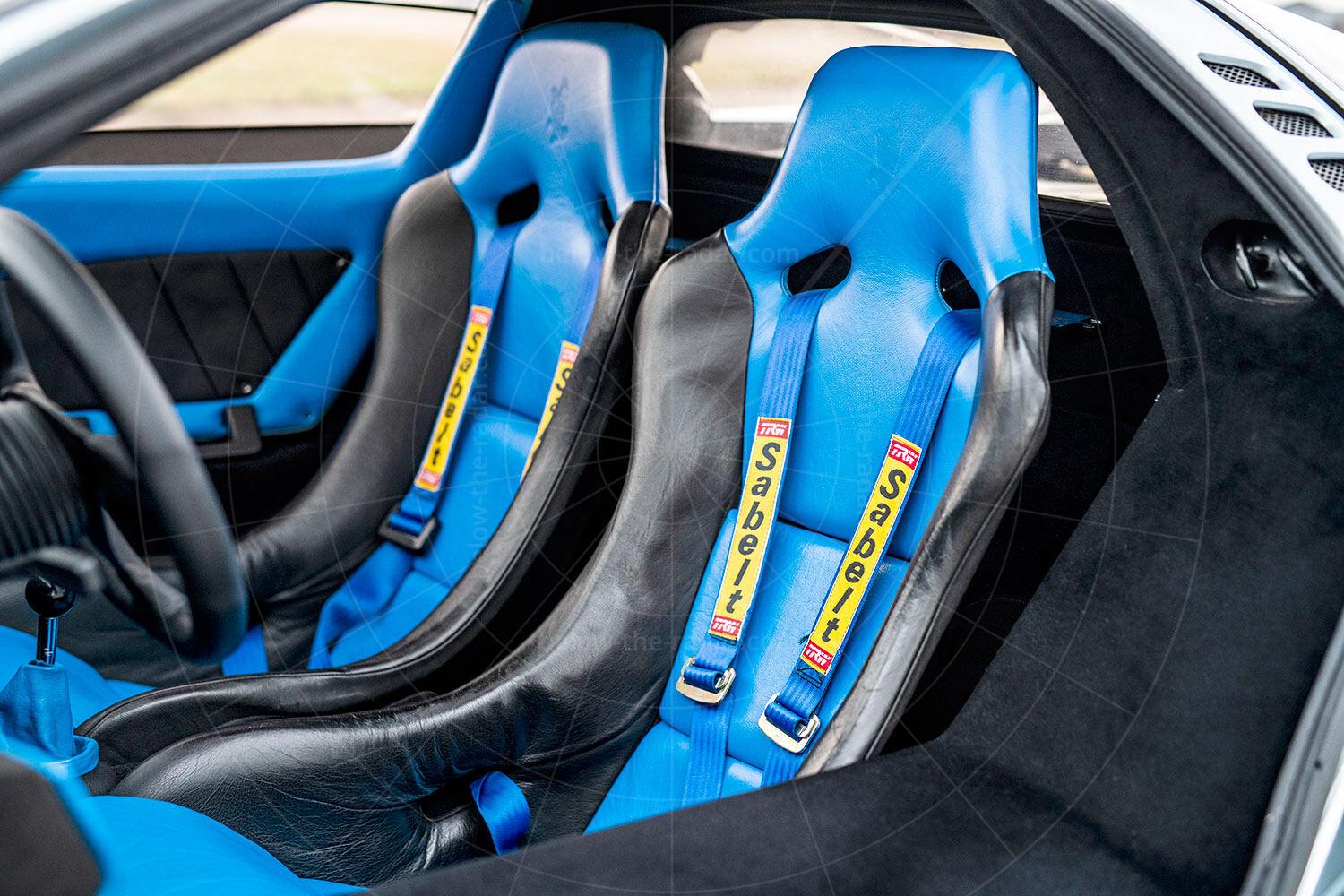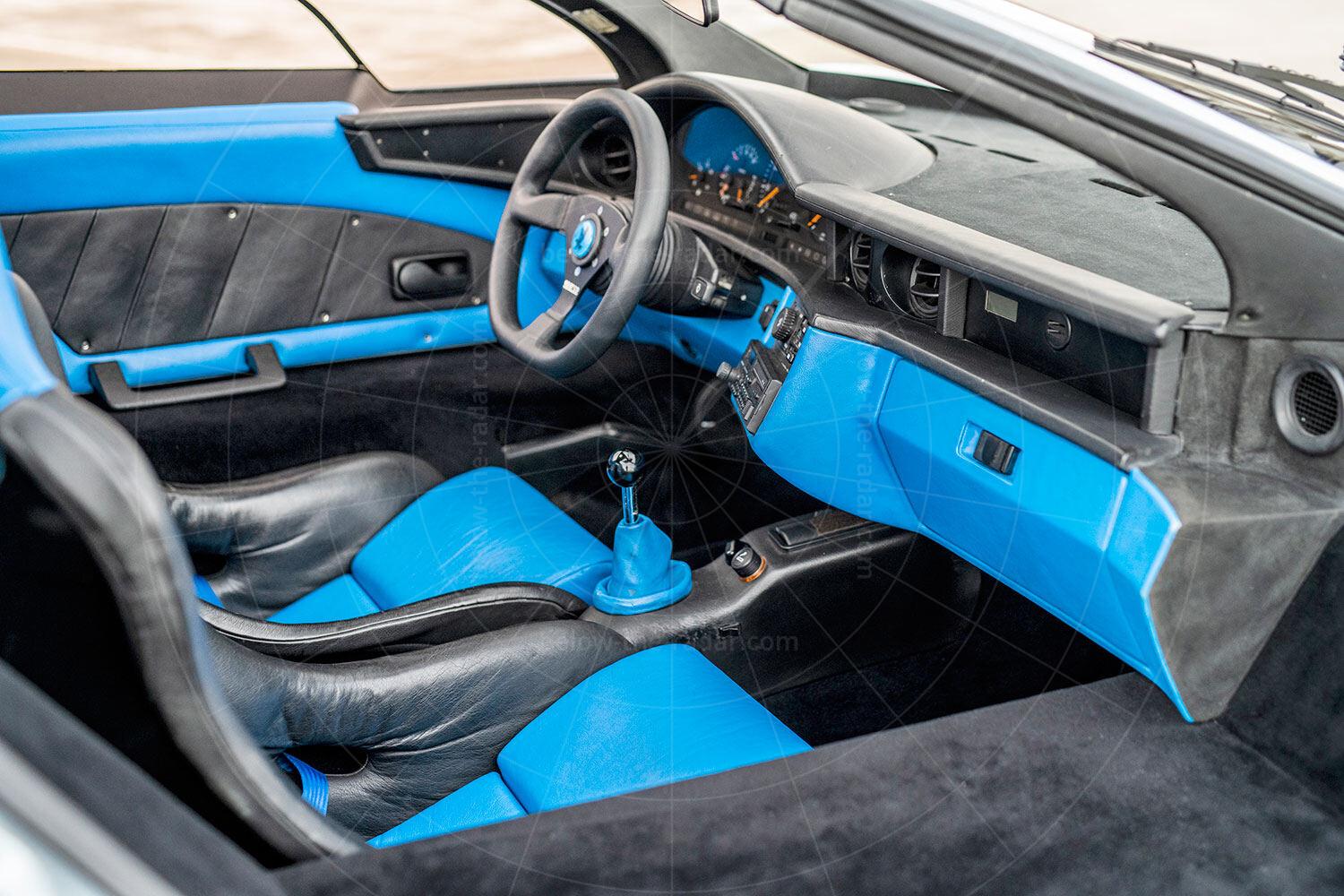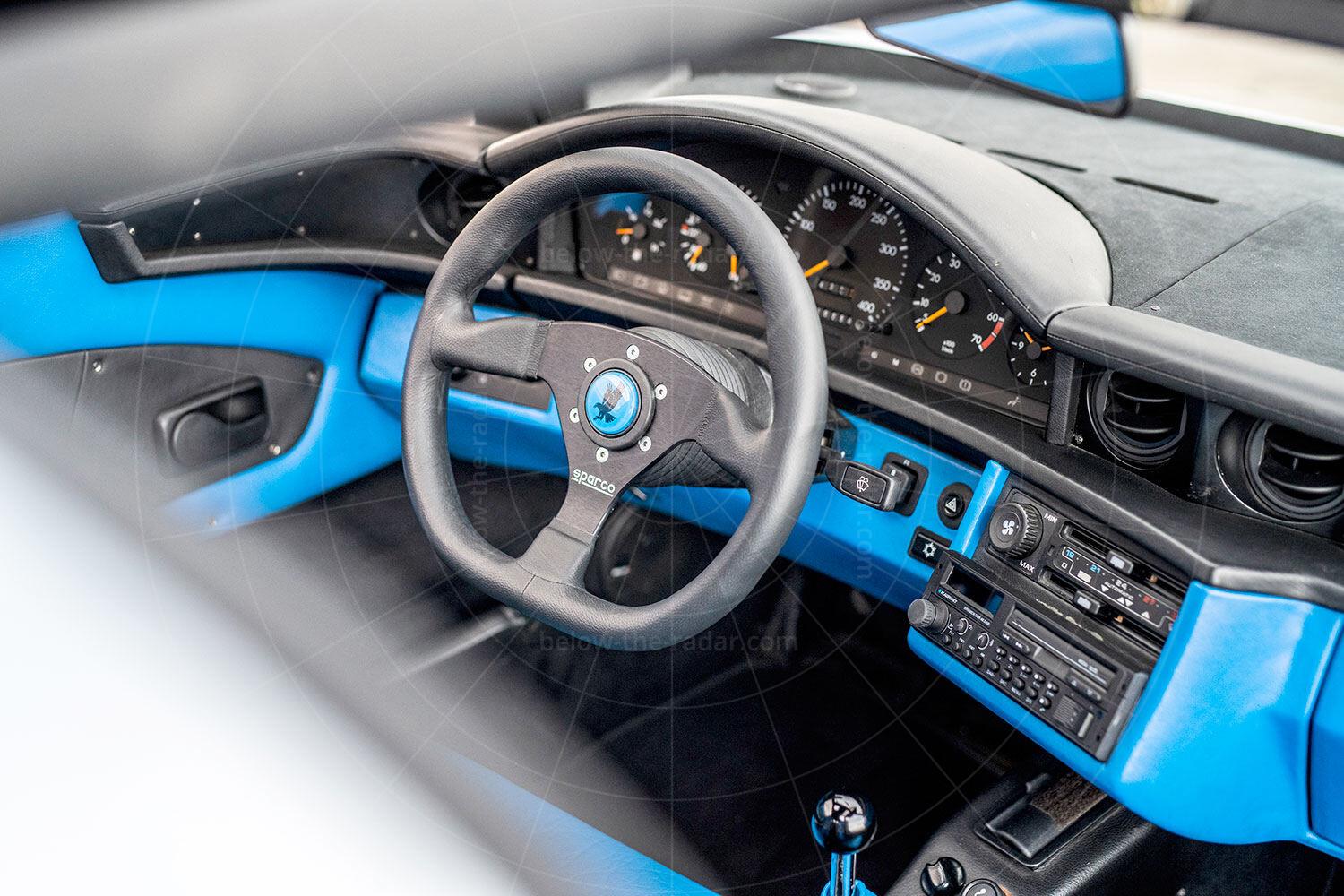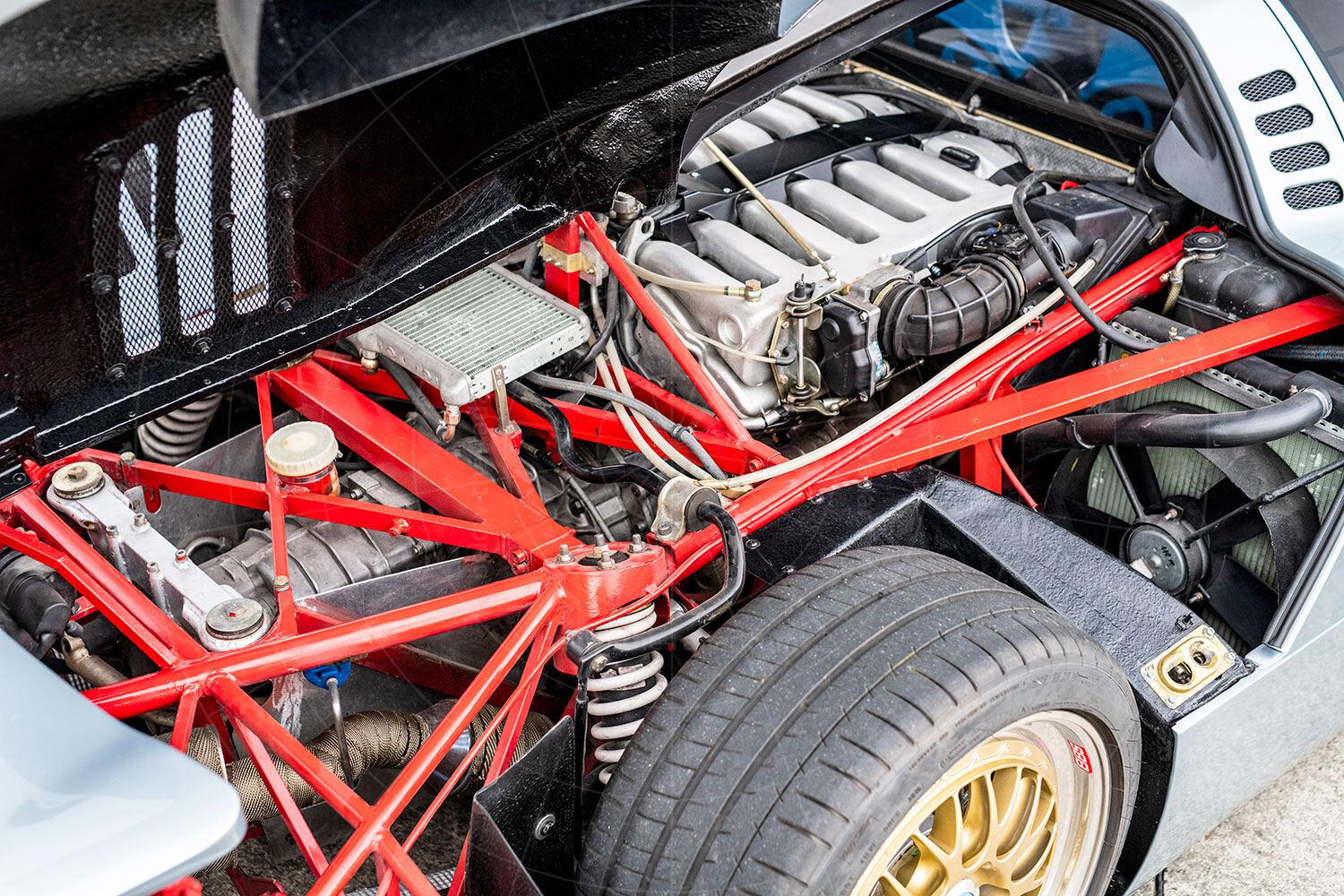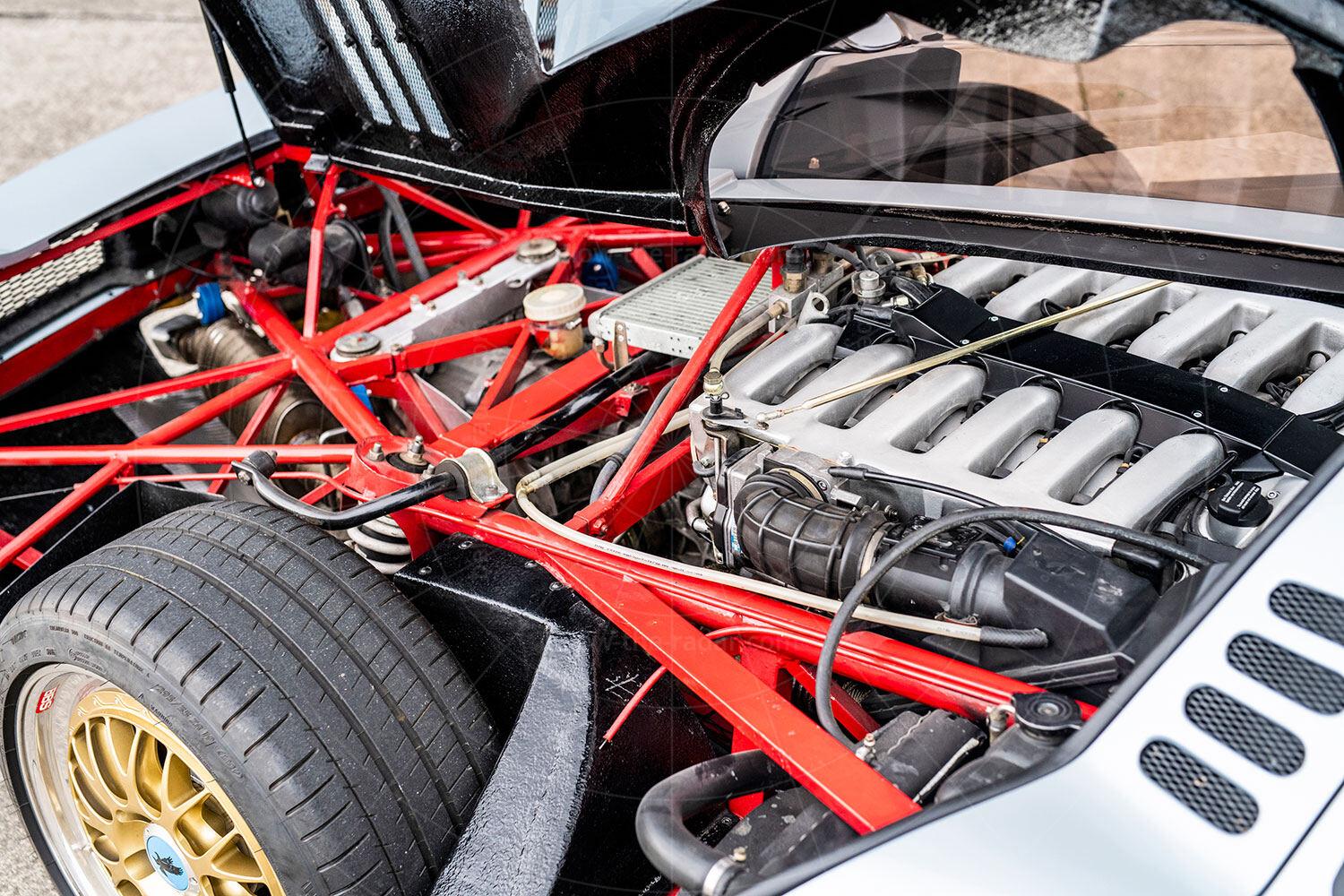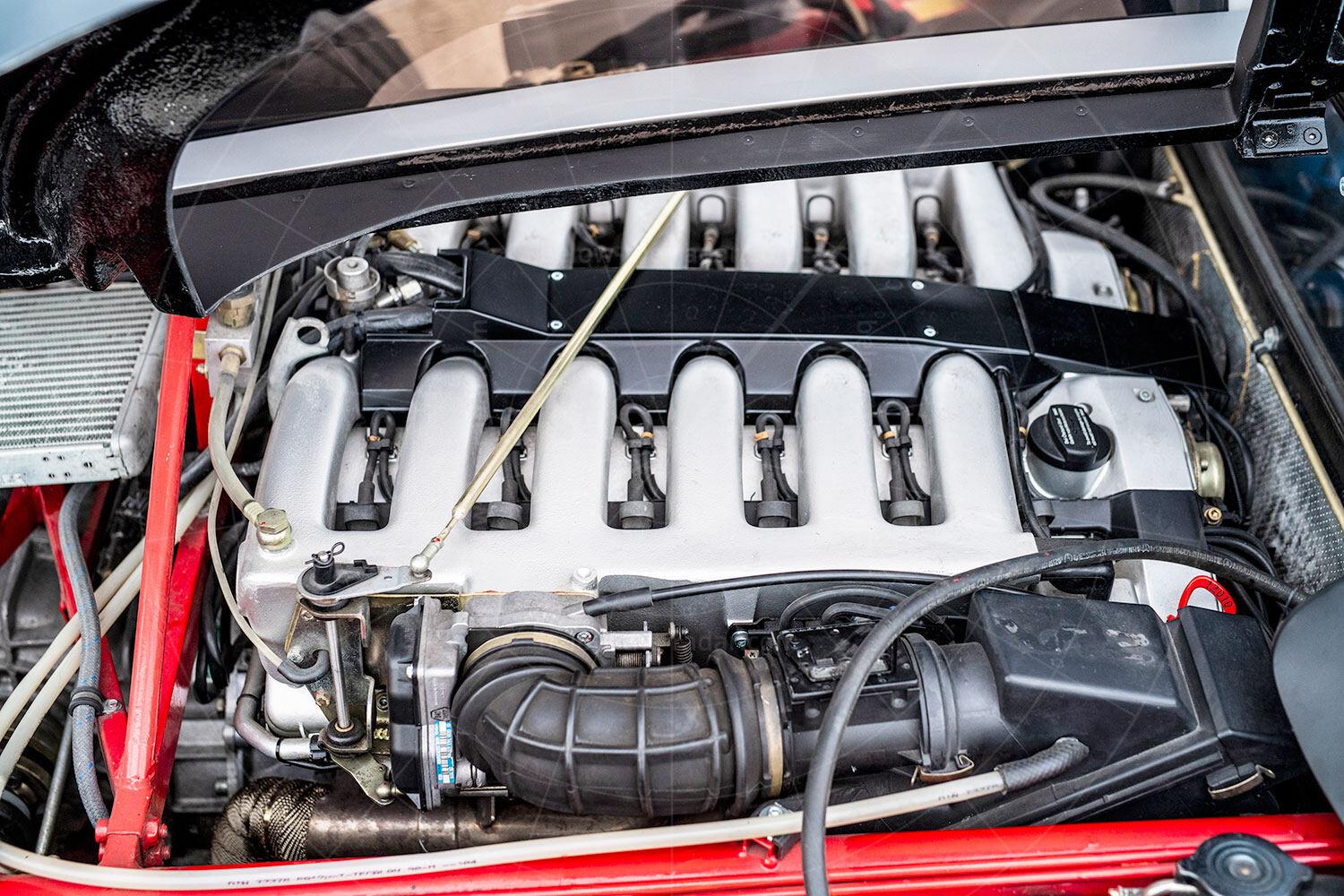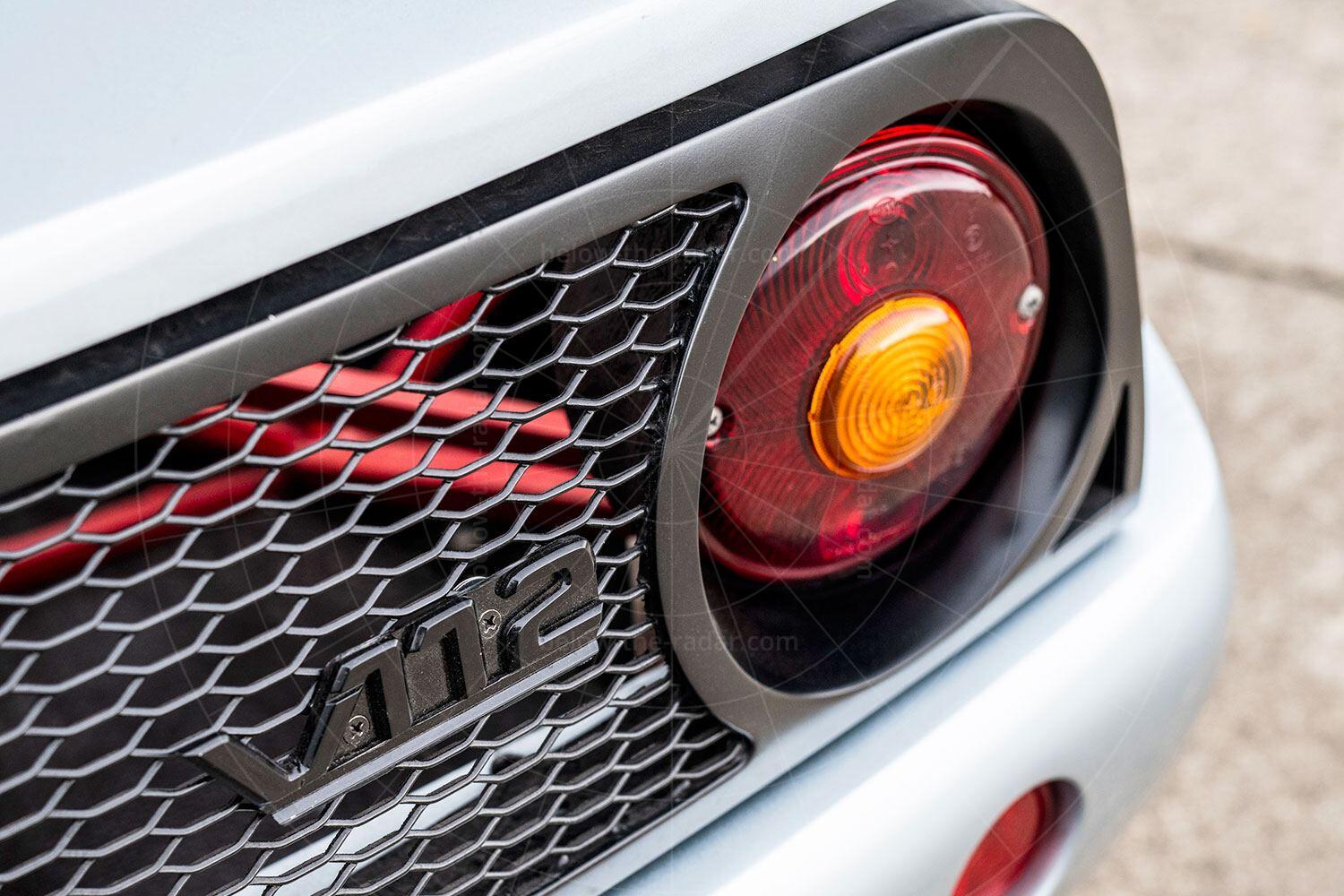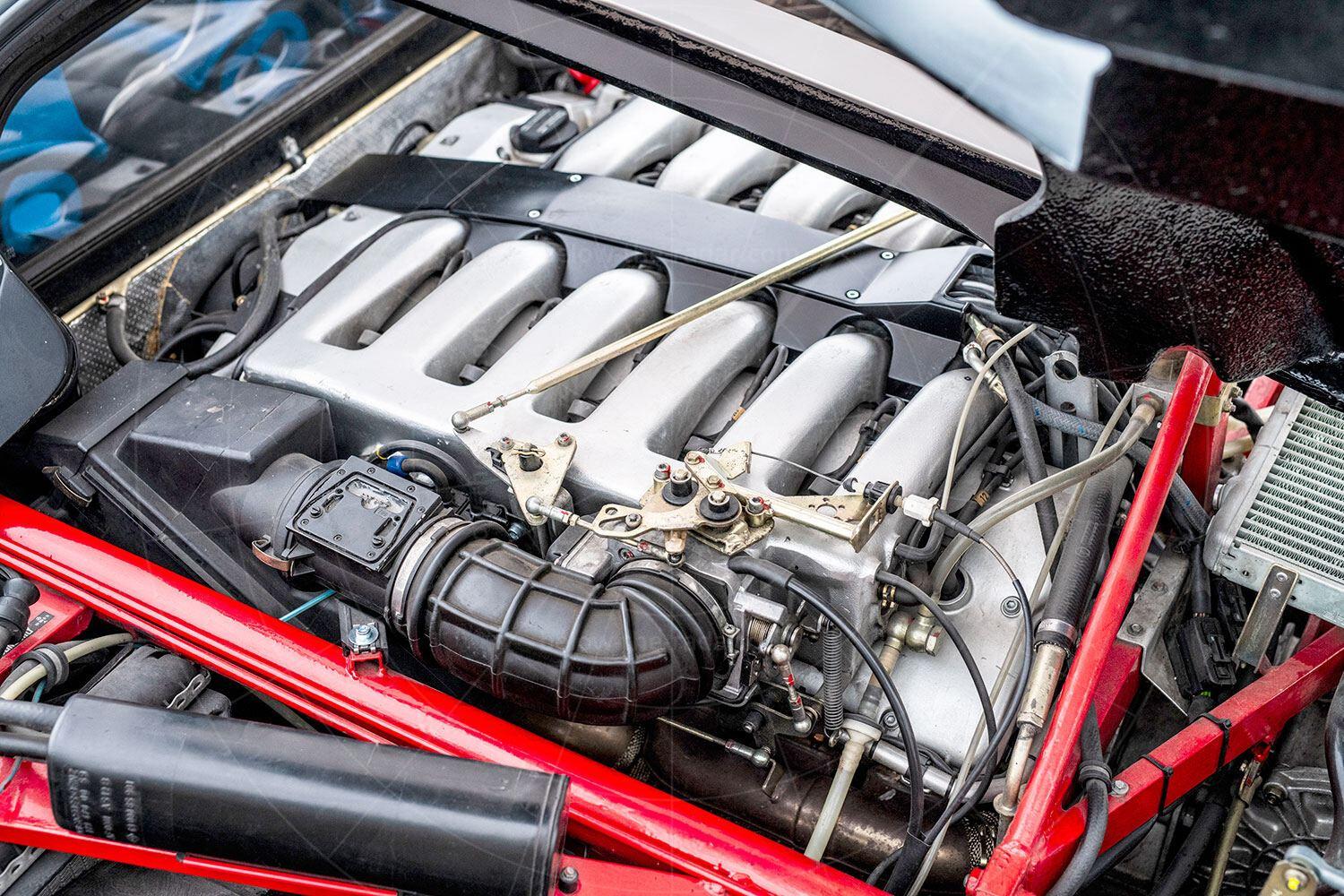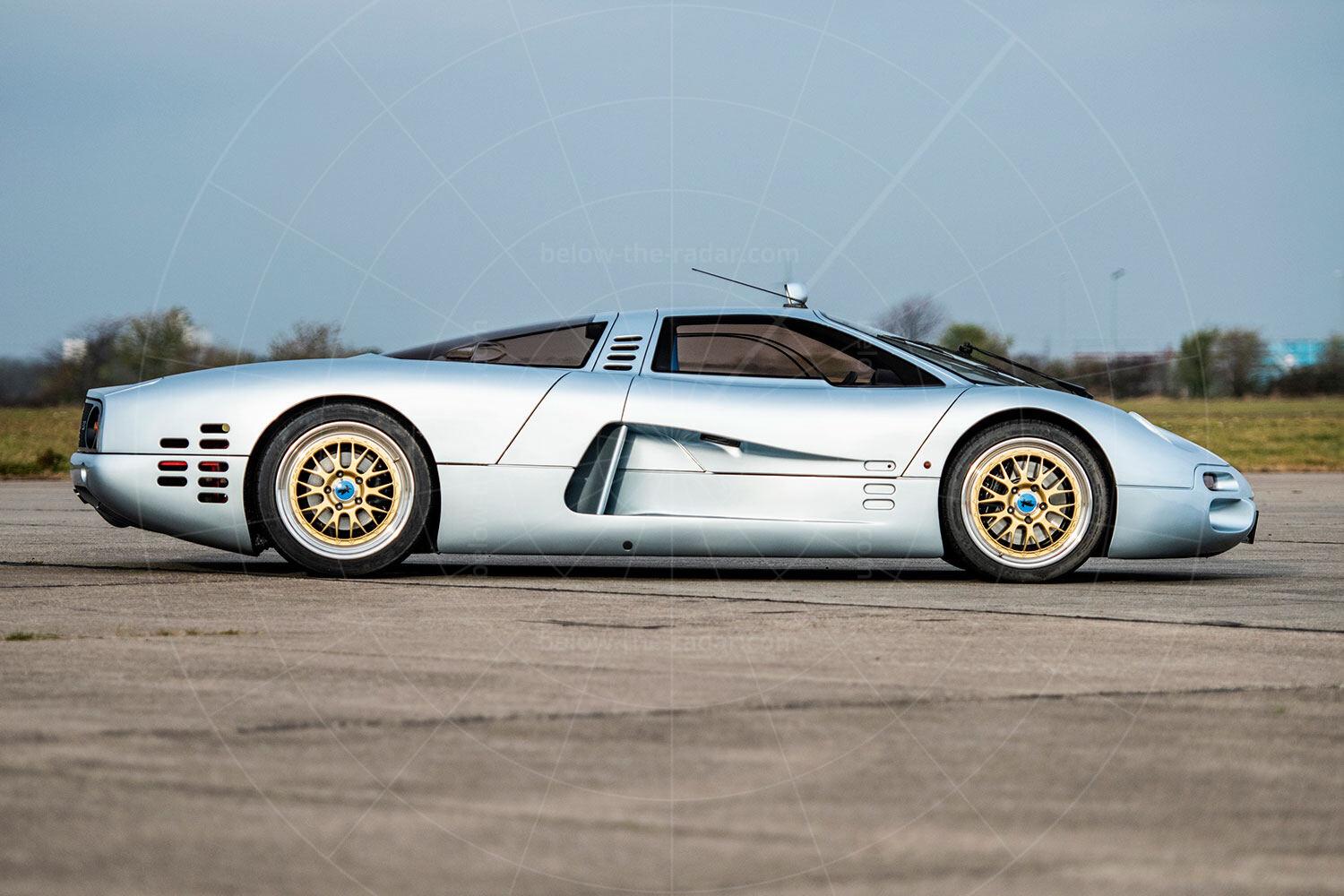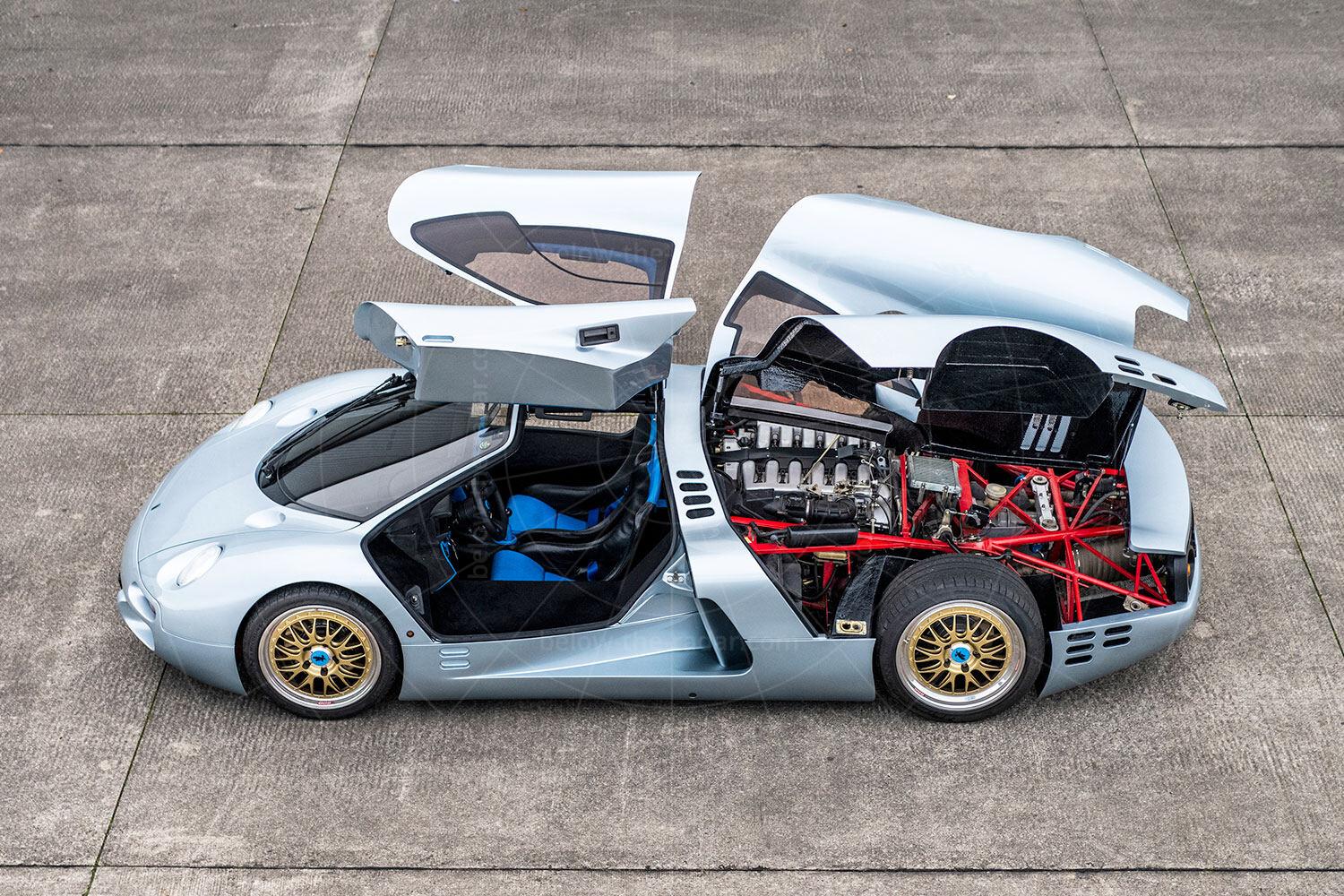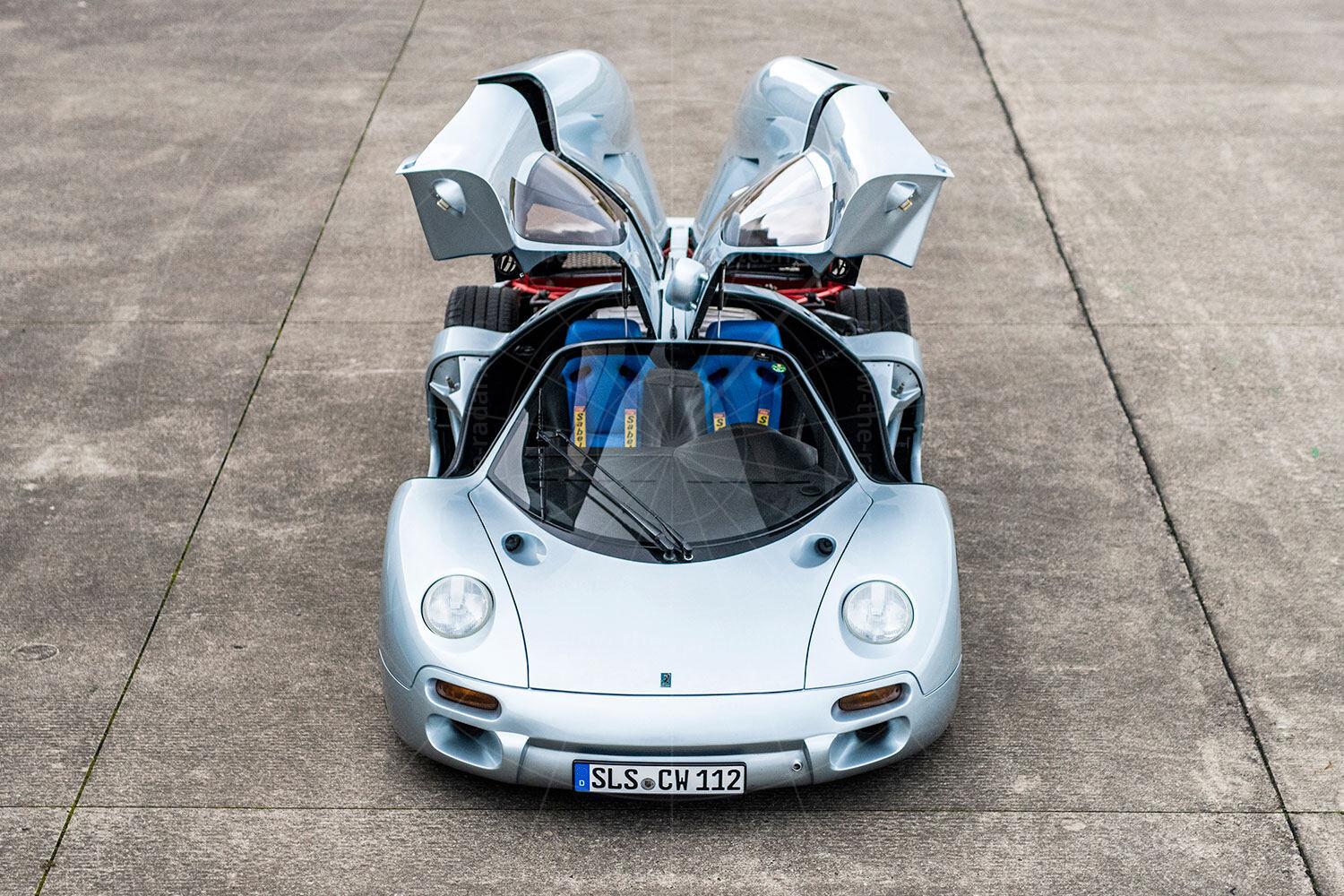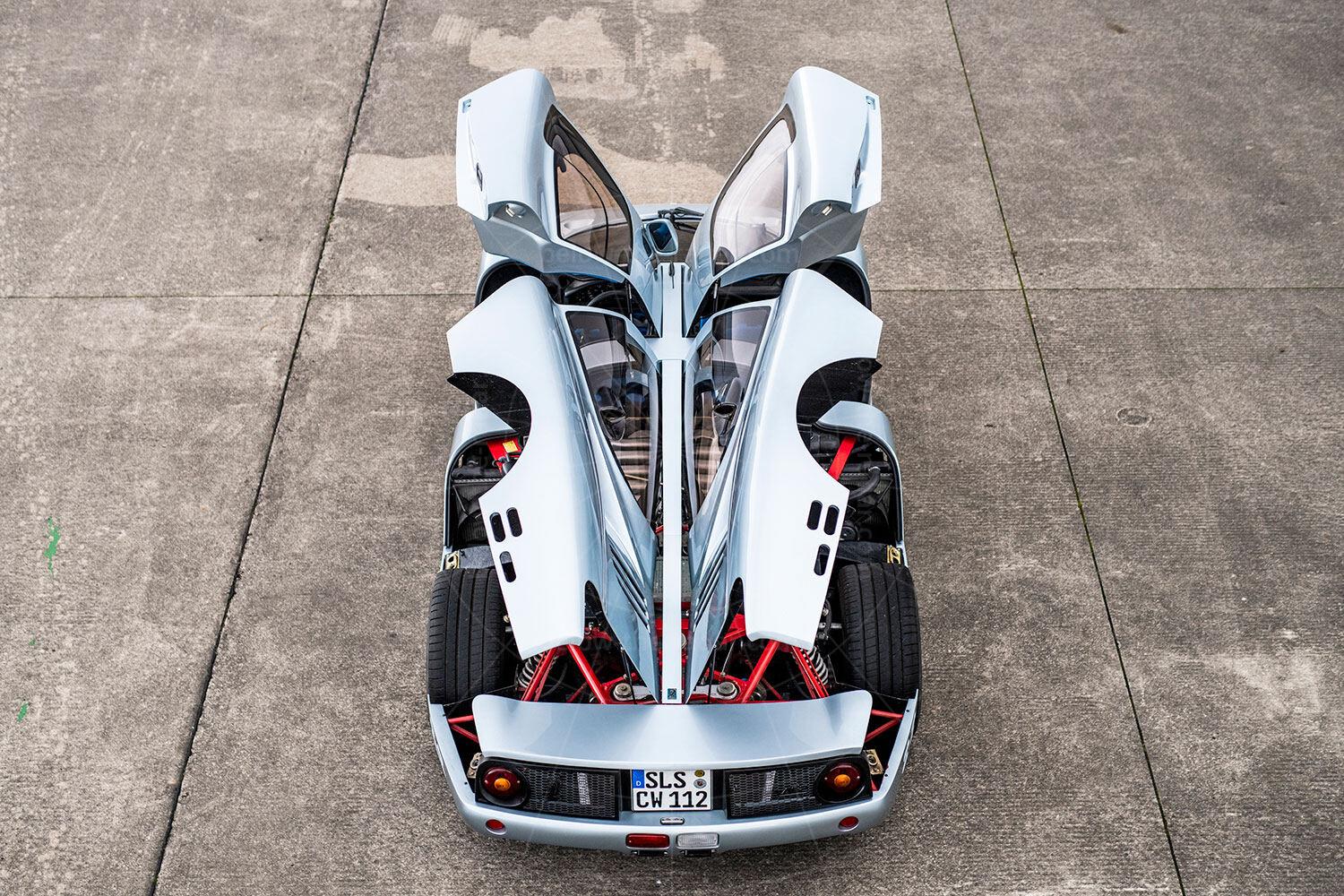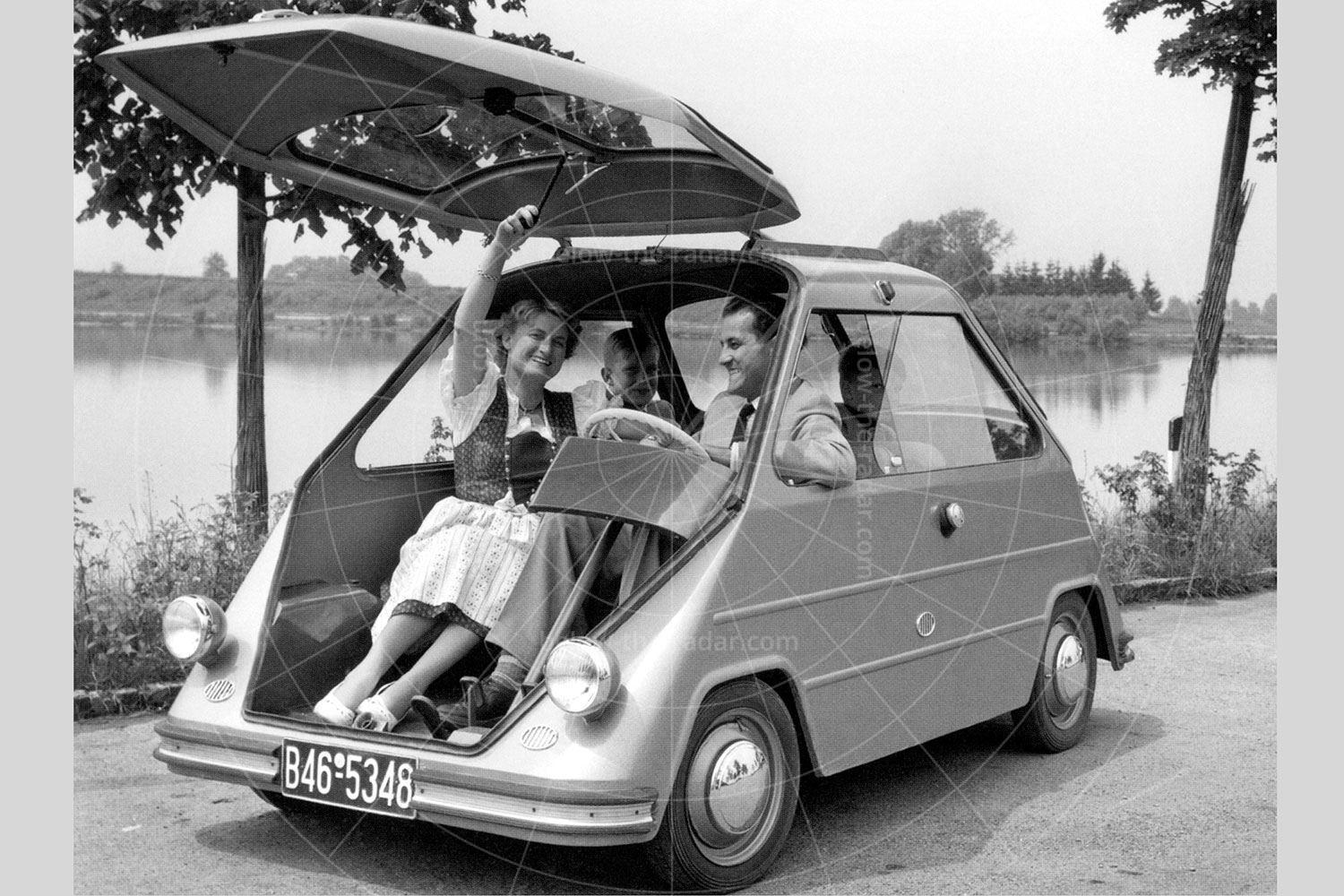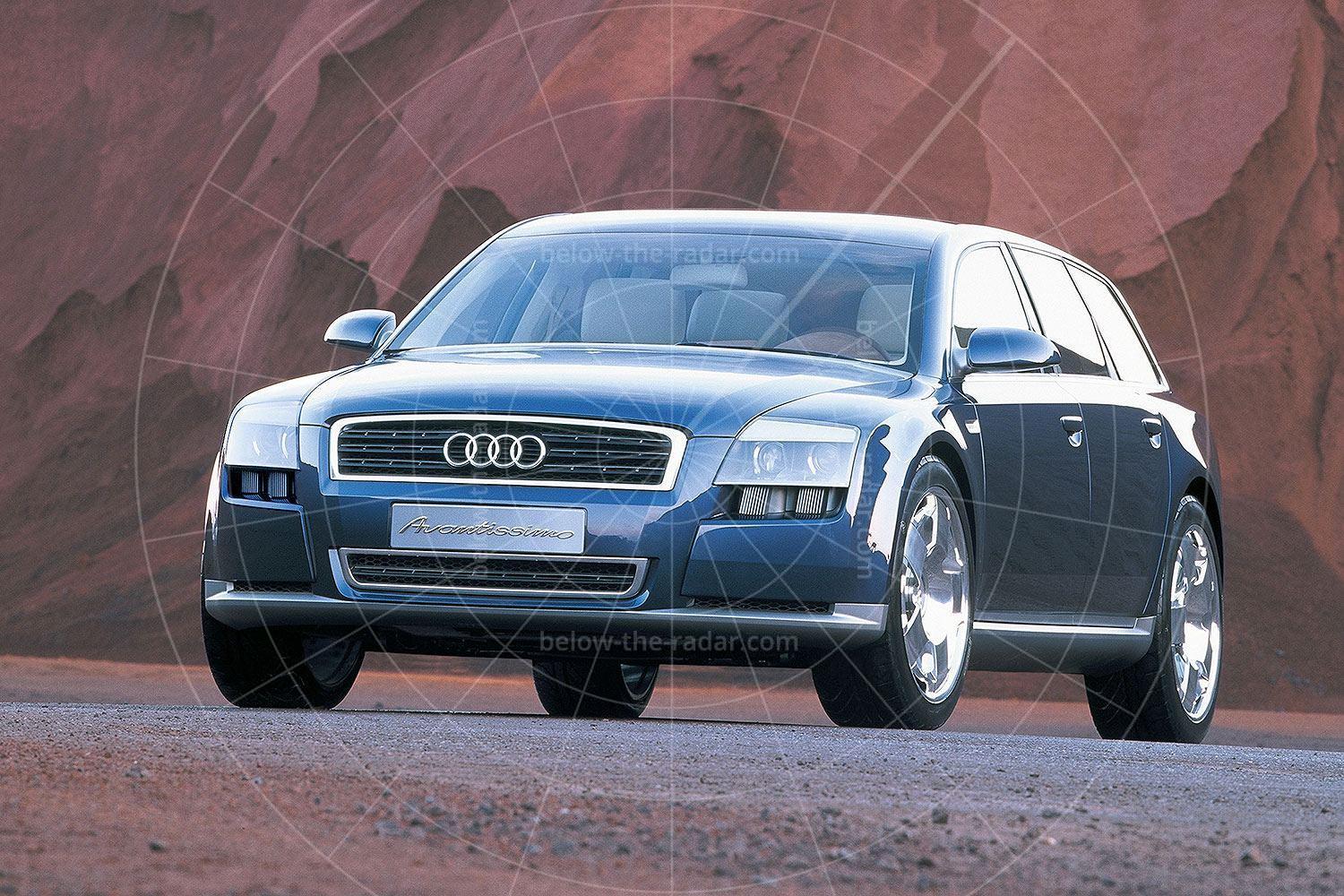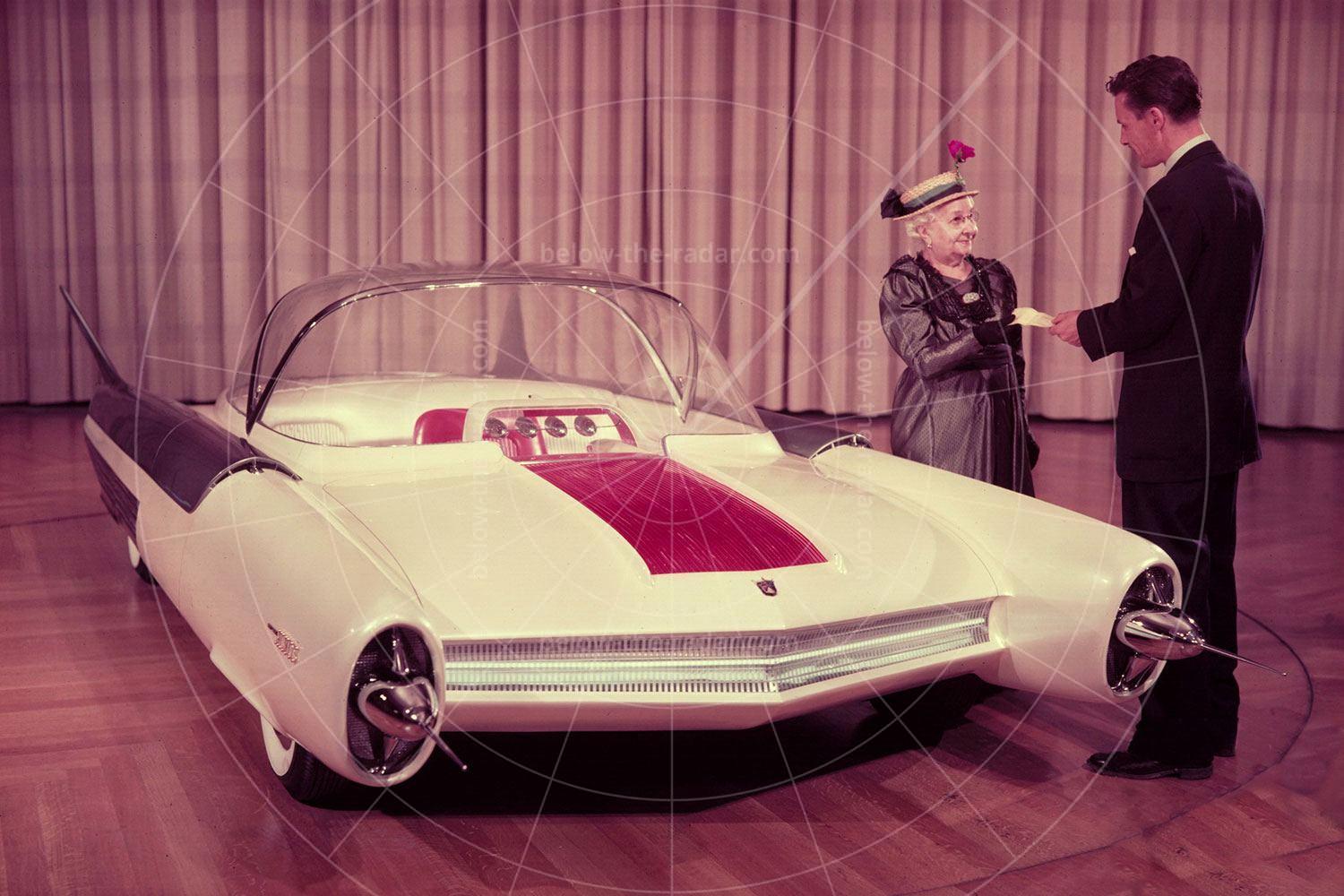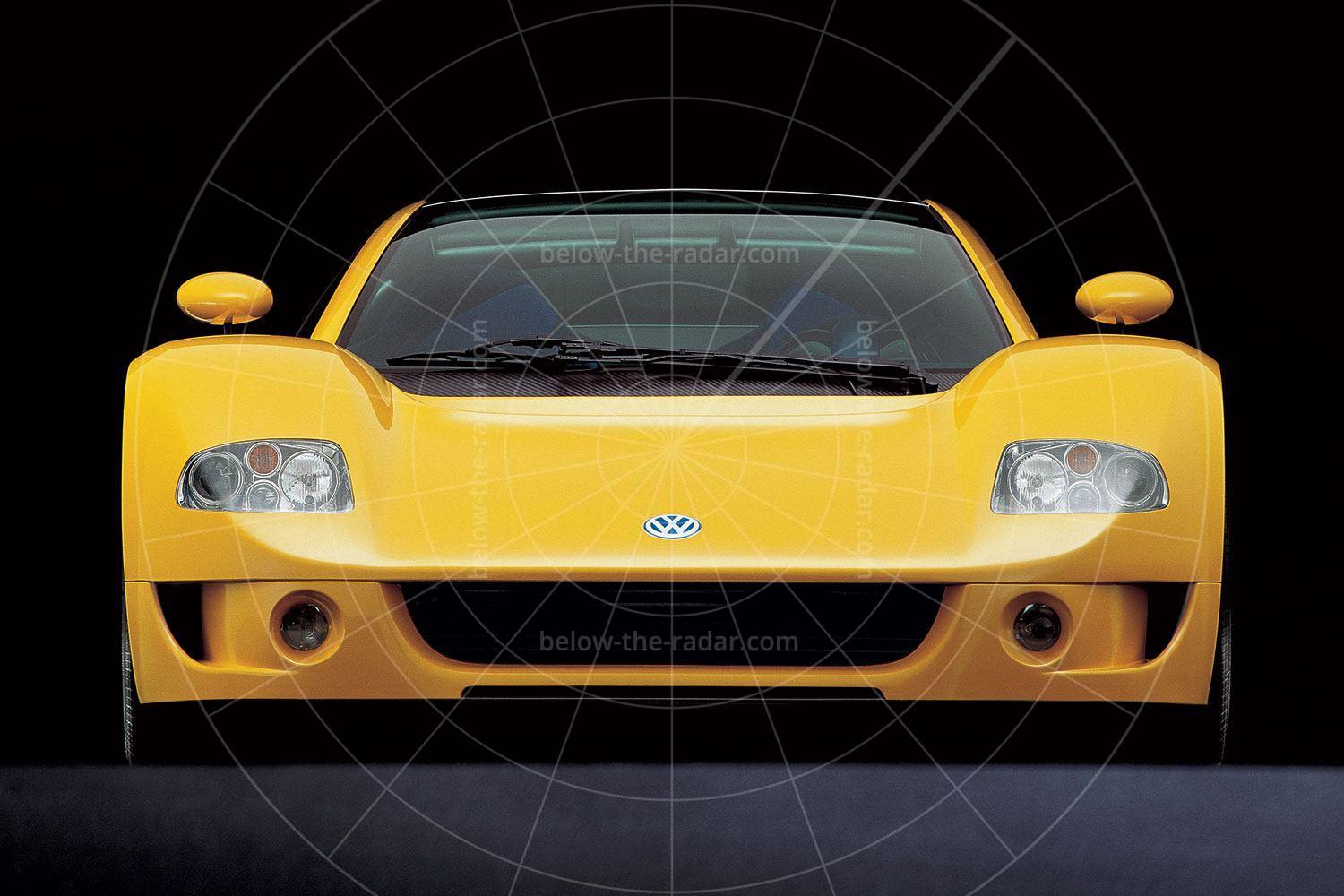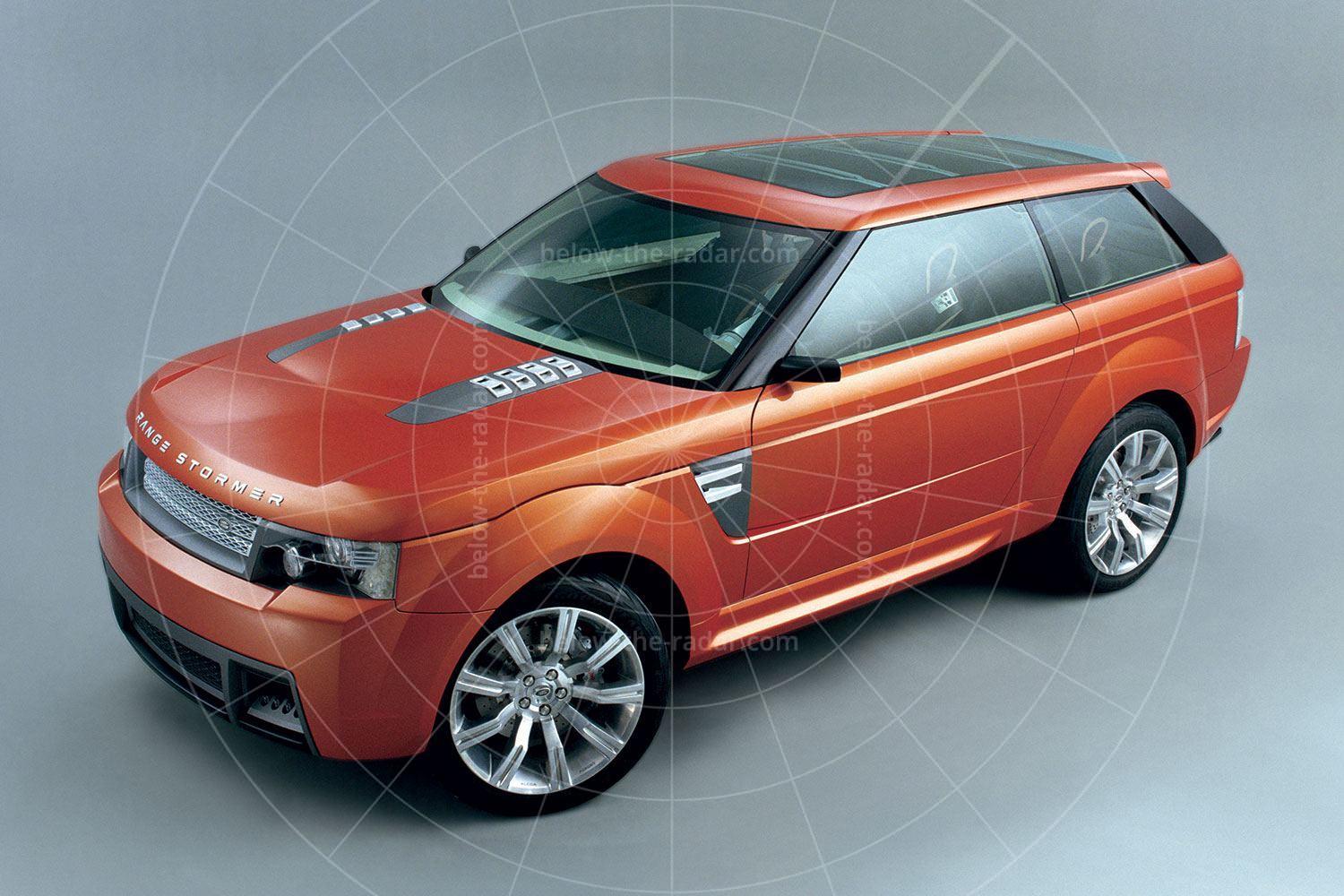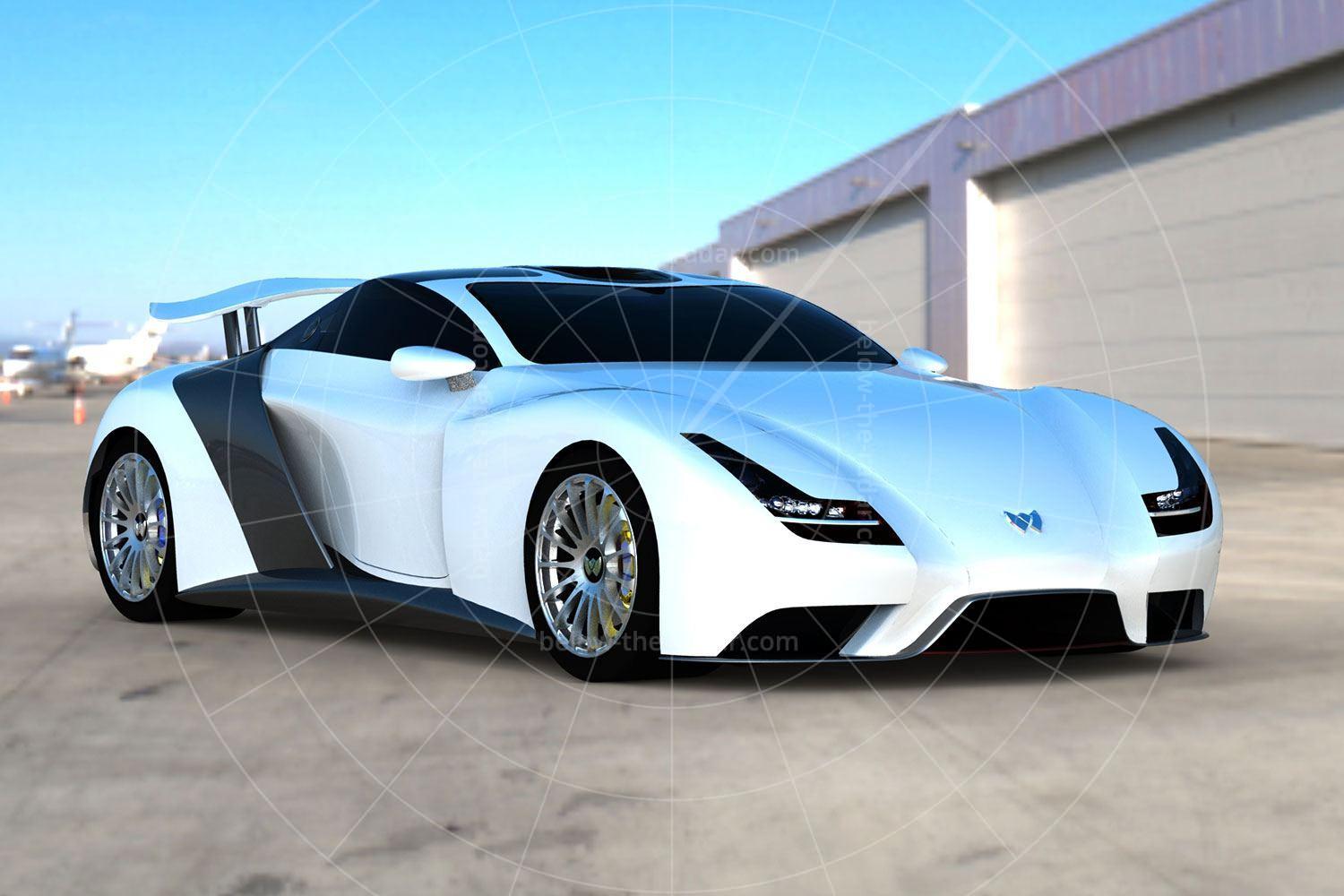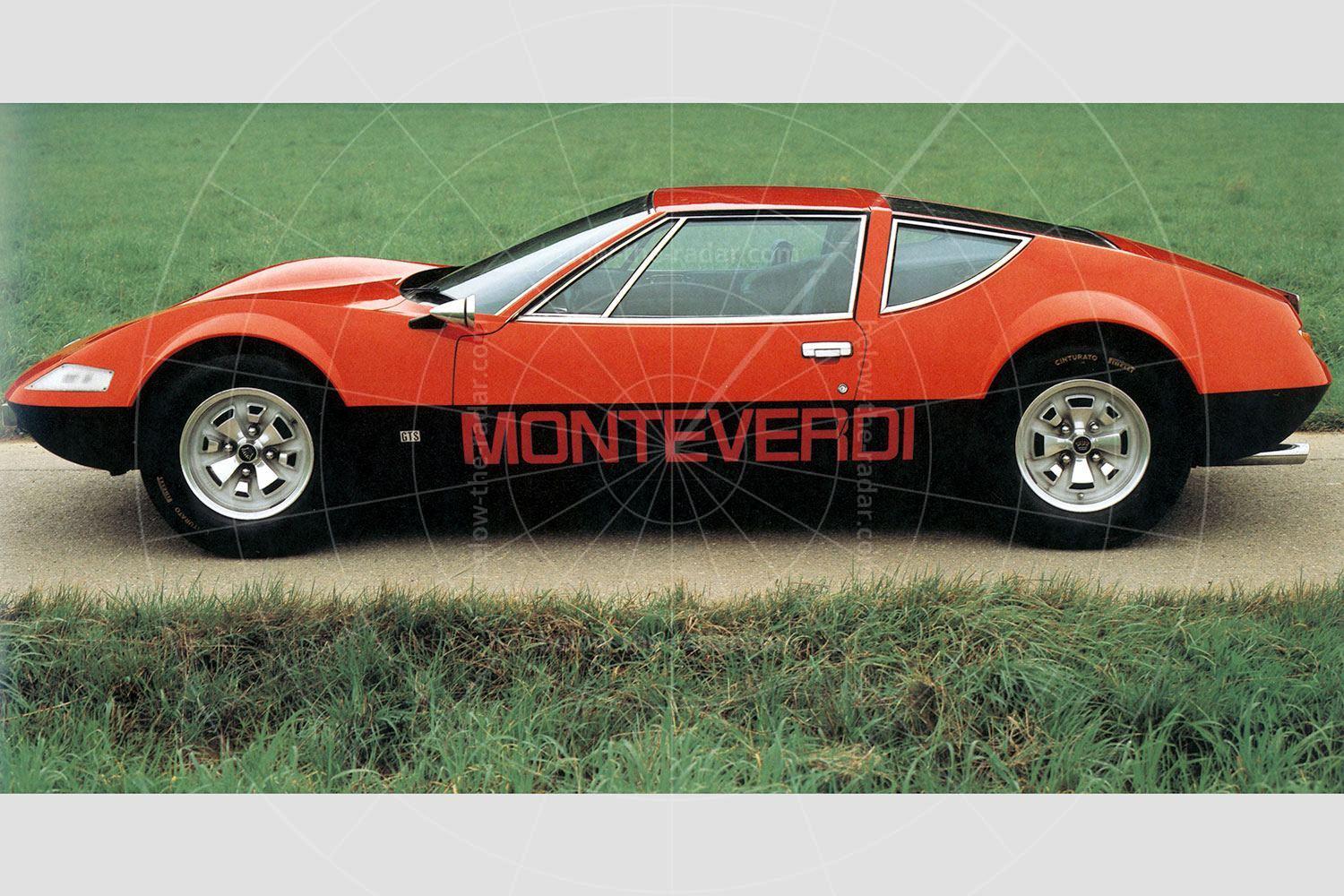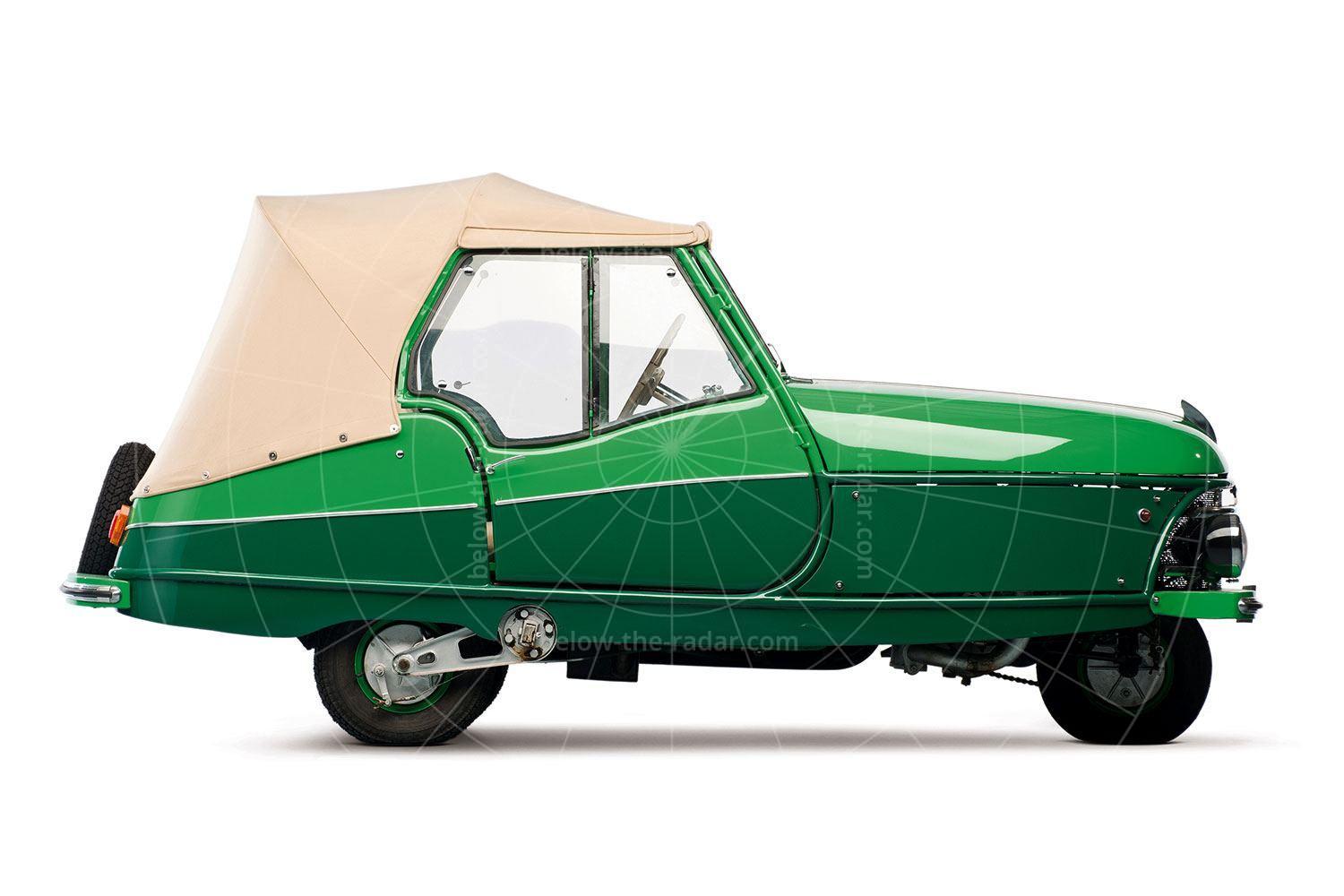In 1971 a young Eberhard Schulz drove his home-made sports car, the Erator GTE, to Porsche and Mercedes-Benz to try to persuade them to give him a job in their design department. Schulz had few recognised qualifications, but eventually Porsche considered the Erator evidence enough of Schulz's talent and ambition.
Despite working for Porsche, in his spare time Schulz developed a concept which could be considered a successor to the Mercedes 300SL Gullwing, the CW311. After leaving Porsche, Schulz joined German tuning company B+B to finish the development and build of the first CW311 prototype, which was shown at the 1978 Frankfurt motor show.
Shultz then left B+B in 1982 to set up his own company for small-series production, design and engineering services and named it Isdera, an abbreviation of Ingenieurbüro fur Styling, DEsign und RAcing.
Starting with the Isdera Spyder, the dream of Schulz was always to introduce a road-going version of the CW311. Eventually in 1983 the car was launched as the Imperator 108i. Comparable with exotic sports cars of its day, it featured gull-wing doors and was powered by a Mercedes M117 5.0-litre V8 engine, while much of the interior was built using proprietary OEM parts. Just 17 examples were produced between 1983 and 1991, all built to order with each car taking a year to construct.
Not a man to rest on his laurels and in an era dominated by engine size, technological innovation, top speed, and visual drama, Schulz’s successor to the Imperator was a step up in every department. Unveiled in 1993 and named in honour of Enzo Ferrari, the Commendatore 112i was a far more thoroughbred machine than the Imperator that it replaced. Under the rear gull-wing engine cover was a twin-cam 6.0-litre Mercedes M120 V12 engine, as seen in the W140 S-Class and rated at 414bhp. Mercedes had never developed a manual gearbox for the M120, so power was channeled to the rear wheels via a bespoke flywheel, driving a specially adapted version of a RUF/Porsche-sourced Getrag gearbox (originally developed for the still-born Mercedes C112 supercar) by adding a sixth gear to achieve the desired max speed of 340kmh (211mph).
To reduce the Commendatore's kerb weight to a minimum its bodywork was made of GRP (it still tipped the scales at 1450kg), while the chassis was a no-frills spaceframe affair with suspension similar to the Porsche 928's, but with an active function developed in conjunction with BBS and Bilstein that lowered the car by three inches at speed, to reduce drag. Schulz was so concerned with reducing drag that a periscope mirror was used in place of conventional wing mirrors; he planned to compete in the Le Mans 24 Hours, where squeezing out every last mile per hour is crucial. When tested in the Mercedes wind tunnel, the Commendatore 112i's drag coefficient was just 0.306 in road-going form, which allowed it to get beyond 200mph.
Schulz's intention was for the Commendatore 112i to be more of a grand tourer than an out-and-out road racer. That's why it was fitted with a 120-litre fuel tank, but with just 200 litres of storage space available in the nose, you were going to have to travel light if you fancied going away for the week.
In August 1993 Autocar ran a news story on Isdera selling its first Commendatore 112i, to a Swedish man based in Denmark. At the time Isdera planned to offer a 389bhp 6.0-litre V12 or a 6.9-litre engine rated at 548bhp. But sadly for Schulz, 1993 coincided with an economic slump in Japan where the majority of Isdera’s funding originated, and the company was forced to restructure. As a result, the dream of participating at Le Mans vanished as the Commendatore 112i was meant to be homologated for it to be eligible to race at Le Mans; a process that was too costly for the company's coffers to bear. Fortunately the project was rescued by a Swiss consortium which unveiled an updated Commendatore at the 1999 Frankfurt motor under a new name: Silver Arrow.
Gone were the two-piece BBS racing wheels and the periscope rear-view mirror, replaced with more conventional five-spoke alloys and wing mirrors akin to those found on the CLK GTR, the latter to allow the car to be driven legally on Swiss roads. The car was also featured in the 1997 videogame Need for Speed II for Playstation and PC, helping to build its cult following.
In the ensuing decade, the car was offered for sale only once, by a renowned Swiss collector in 2005, who had owned the car since the 1999. By the end of 2016 Isdera managed to re-acquire it and set about returning it to its correct 1993 specification. It is in this guise that the car was offered for sale by RM Sotheby's in February 2021. By this point the Commendatore 112i was wearing its correct BBS wheels which had to be specially commissioned, Porsche Arctic Silver paintwork, Recaro blue and black trim and the iconic periscope rear-view mirror. When the car was put up for sale it had covered less than 10,500 km from new.
| Vital statistics | |
|---|---|
| Produced | 1993 |
| Number built | 1 |
| Engine | Mid-mounted, 6.0-litre, V12 |
| Transmission | 6-speed manual, rear-wheel drive |
| Power | 389bhp |
| Top speed | 211mph |
| 0-124mph | 11.0 seconds |
| Price | £355,000 |
- In February 2021 RM Sotheby's will auction the Isdera Commendatore 112i. Many thanks to RM Sotheby's for the use of its pictures in this article.

